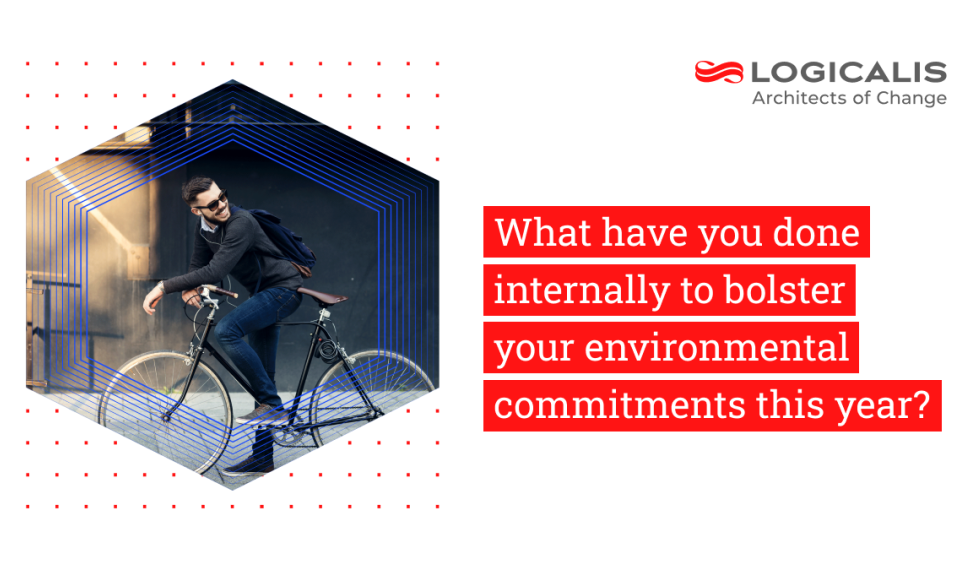
Global, Dec 21, 2022
Kelsey Rees | CRN/The Channel Company
First published 08 December 2022
How have partners made their businesses more sustainable this year?
We quizzed six UK and European resellers and distributors bosses on what they have done internally to bolster their environmental commitments
Environmental sustainability has grown to become an important boardroom-level priority for many channel companies this year.
However, like many movements in technology, companies are at different levels of maturity with varying degrees of engagement.
Regardless of a firm's ESG pace, customer queries around sustainability are up and look set to increase, driving up the subject's value to decision-makers.
Several partners have also told CRN that private equity buyers asked specifically for details about environmental initiatives as part of their due-diligence before they made an offer.
Recent Gartner figures suggest 87 per cent of business leaders expect to increase their organisation's investment in sustainability over the next two years owing to customer pressures.
The analyst's findings also showed that energy consumption and business travel topped the list of operations-related costs being mitigated through sustainability programs.
To find out what strides channel partners have made in 2022, CRN spoke with six chief executives about how they have become a more sustainable business.
Bob Bailkoski, CEO, Logicalis Group
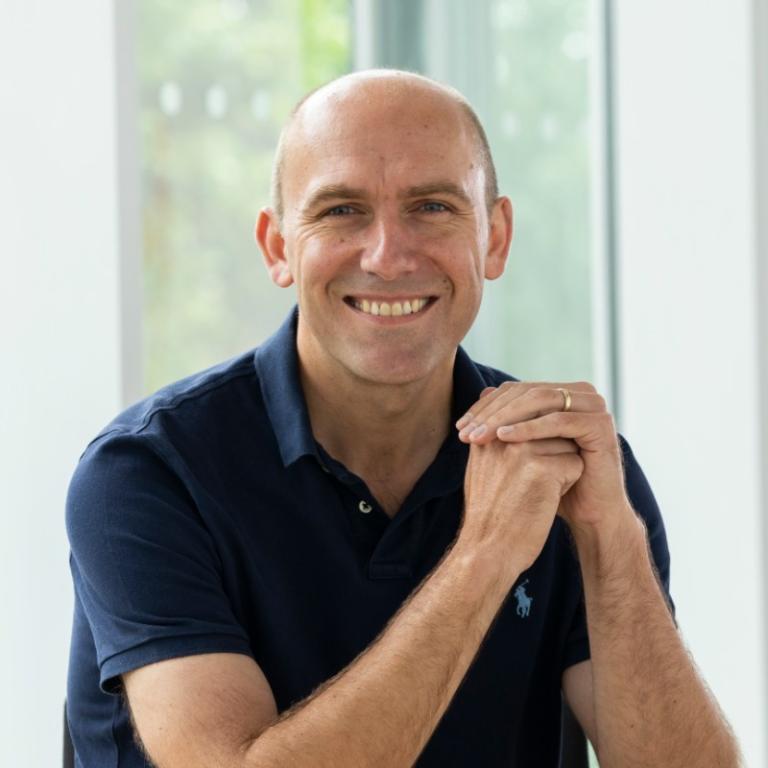
"We're living and breathing these values.
"In some of our countries around the world we have travel-free months. So in Germany in December, we have a no business travel in the month.
"I myself did a business trip to Germany a few weeks ago, where I took the train all the way rather than flying. It took a bit longer, a few hours longer, but I was so much more productive on the train than I would have been on an aeroplane and the carbon impact was negligible.
"I probably saved around 100 to 150 kilogrammes of carbon by taking the train rather than flying."
Michel Paulin, CEO, OVHcloud
"Thanks to our unique industrial model we are integrated. We build our servers, we design our servers, but also we have introduced new innovations such as water cooling.
"We use 30 to 50 per cent less electricity than our peers.
"Why? Because we have zero air conditioning in our datacentres.
"We don't need air conditioning and so we don't have to set up extra equipment that is using electricity in our datacentres.
"Due to the fact that we use water in our water cooling we use ten times less than our peers.
"Because we use water in a closed model and air conditioning uses a huge amount of water.
"But everybody's talking about operations, which is important. But in reality, with the carbon footprint of the datacentres, more than 70 per cent is coming from the construction of the servers.
"And thanks to the fact we have our own factory, that we build our own servers, we do not use useless components. But also we are able to refurbish all the components. We have a very strong refurbishing practices.
"In each server we integrated our datacentres nearly 30 per cent are refurbished components.
"The carbon footprint of all our new servers is much lower and therefore our datacentre of carbon footprint is I think, and including the scope 3 - nobody's talking about scope 3 as it's very challenging - thanks to the fact that we mastered the factory we can talk about the scope 3
"And now we have set a very ambitious targets for 2025 and 2030.
"We will be net carbon zero on our own operations including the construction by 2025. Net carbon zero on the full scope, including scope 3 by 2030. We will be using 100 per cent renewable energy by 2025."
Mark McLardie, head of ESG, Westcon-Comstor
"The reality is, a lot of our time and energy over the past nine months or so has been around calculating a carbon footprint because we recognise that without having a good understanding of where we're starting it is very difficult to set targets and then measure progress.
"In terms of practical emission reduction initiatives, that's something that we're working on finalising that plan at the moment.
"But the electric vehicle scheme is absolutely a real life way in which we're reducing emissions by helping our employees make that transition away from internal combustion vehicles.
"In terms of renewable electricity, there are most definitely examples whereby energy tariffs have been coming up for renewal."
Jonas Hasselberg, CEO, Proact
"We are already sustainable, of course, and frankly, I think we're helping a lot of our customers to become more sustainable. All that said, we're focused on quite a few things, but we want to be really good at them.
"One is energy efficiency. Clearly that's one of our biggest opportunities, if you will, in terms of becoming more sustainable is to use less energy.
"So there are two aspects. One is to use energy efficient datacentres, meaning that most of the energy spent is to power the equipment, not cooling or other aspects of running the datacentre.
"And then two is the actual platform for running them. So the equipment that we use for our services, to make sure that we use very power efficient and modern designs of our services.
"The other aspect is renewable energy. Above 90 per cent of all our energy is renewable but we want to get to 100 per cent. We should be able to do that in the near future."
Melissa Mulholland, CEO, Crayon
"In Norway we don't have plastic, we don't do water bottles and we've changed out to compostable utensils.
"We have moved our building to the highest energy standards possible."
"Crayon's new headquarters in Oslo achieved the BREEAM-Nor environmental mark of Excellent, meaning it incorporates the latest environmental protection measures.
"During construction, Crayon said it placed great emphasis on circular economy principles.
"This approach minimised overall waste, while also providing a high degree of waste sorting.
"Moreover, the entire building is of flexible construction, using long-lasting, robust materials.
"The building's energy supply is from Nydalen Energi, which supplies heating and cooling from predominantly renewable sources. In addition, solar cells on the roof provide electrical power, so that the entire structure achieves Energy Class A.
"Our building windows in Sweden filters the light in and out so our building can stay at the best possible temperature without using a bunch of heating and air conditioning costs.
"And then all of our furniture is made of recyclable material.
"So we've made a lot of purposeful decisions, including reducing travel. Putting that as part of the culture I think is quite important."
Geoff Kneen, CEO, Content+Cloud
"This is an agenda we spoke about recently at the CEOs meeting in Oslo.
"We had a carbon neutral plan locally for quite a while that we're successfully heading towards as a business in the UK.
"But I think what's interesting about that, as we have looked across the Advania group and embraced the new EU directives that are coming in around sustainability, that's definitely high on our group board's agenda.
"Those directives are excellent in the way that they ask you to consider sustainability in a very holistic sense - going right into your supply chain and how you work with your partners.
"You're not only thinking about your own business but you're thinking about how what you do impacts sustainability across your entire ecosystem into your suppliers and your partners as well.
"Those are two things that have been effective this year, which is one, making the move towards carbon neutral.
"And two, making sure we've got plans in place from the senior management of the Advania group to make sure that we're considering our business holistically from a sustainability perspective and making sure we've got the right targets in place for us to continue that improvement as we go forward."
Related Insights
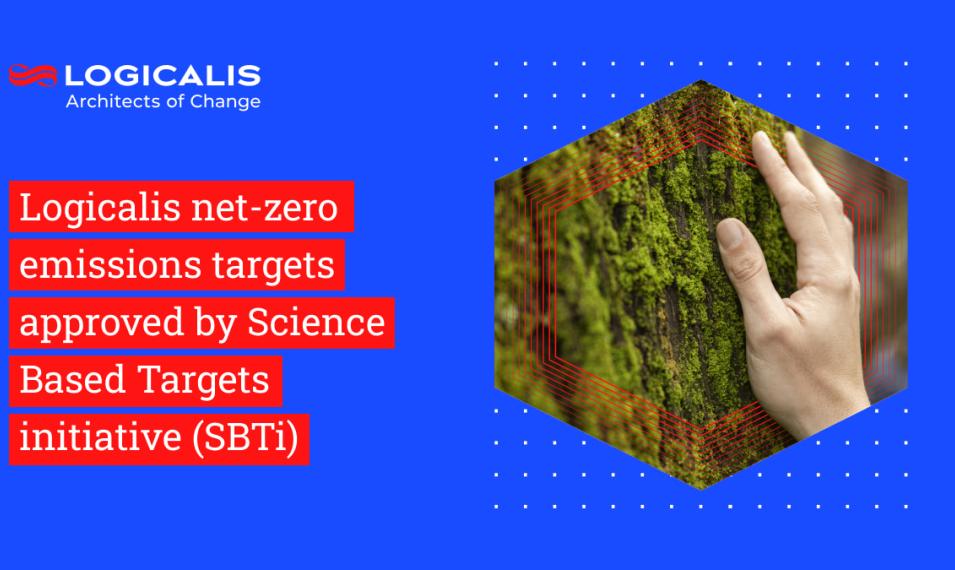
Global , Apr 17, 2024
Press Release
Logicalis net-zero emissions targets approved by Science Based Targets initiative (SBTi)
Logicalis joins the global movement towards corporate net-zero with validated and approved science-based targets, aligning with the Paris Agreement goals.
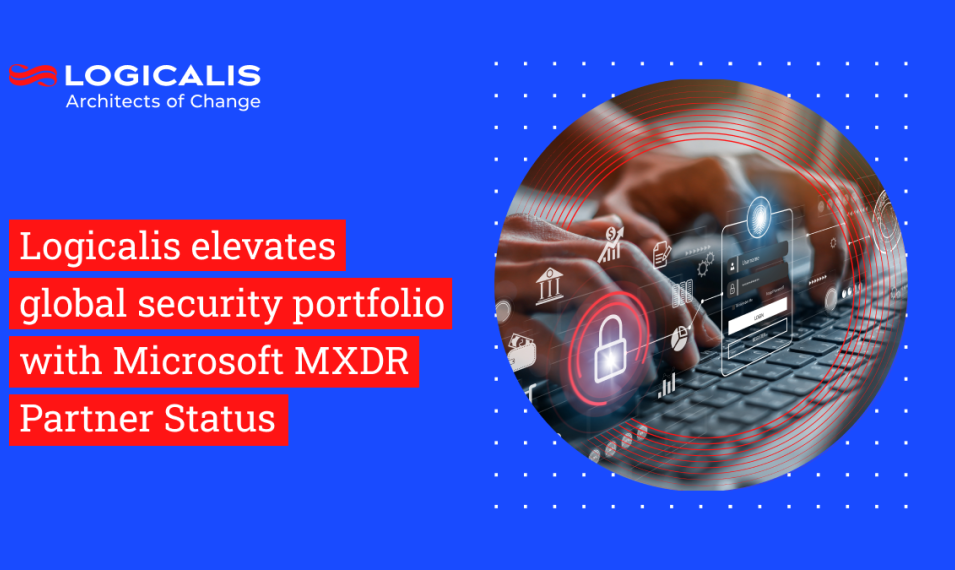
Global , Mar 26, 2024
Press Release
Logicalis elevates global security portfolio with Microsoft verified Managed XDR Partner Status
Logicalis joins an elite group of managed service providers certified to deliver Microsoft’s most advanced managed detection and response services worldwide

Global , Mar 25, 2024
Press Release
Logicalis elevates global security portfolio with Microsoft verified Managed XDR Partner Status
Logicalis joins an elite group of managed service providers certified to deliver Microsoft’s most advanced managed detection and response services worldwide
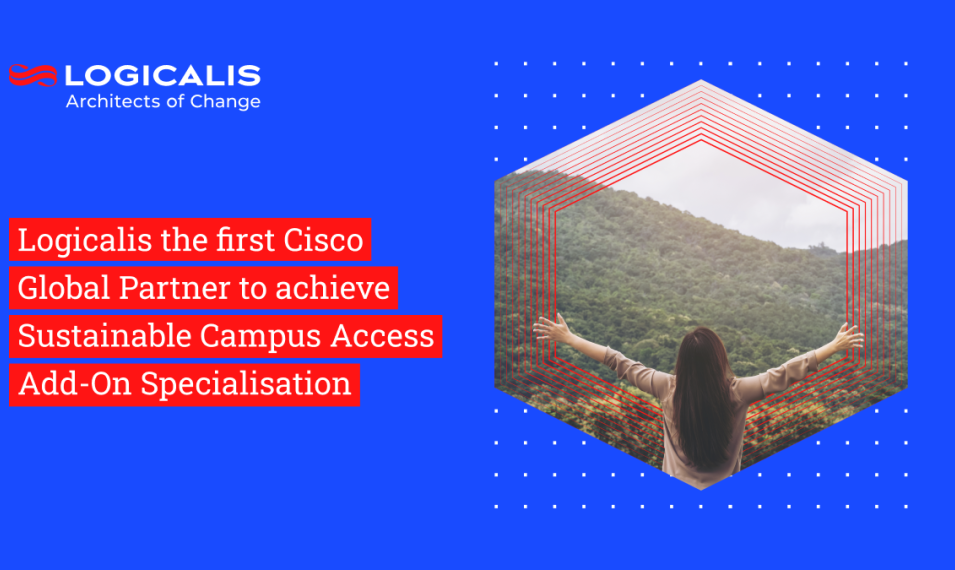
South Africa , Mar 19, 2024
Press Release
Logicalis the first Cisco Global Partner to achieve Sustainable Campus Access Add-On Specialisation
Logicalis receives inaugural specialisation that acknowledges its position at the forefront of sustainable global managed service delivery. The specialisation was awarded to Logicalis for supporting its customers to reduce the carbon footprints of their digital ecosystems

Global , Mar 18, 2024
Press Release
Logicalis the first Cisco Global Partner to achieve Sustainable Campus Access Add-On Specialisation
Logicalis receives inaugural specialisation that acknowledges its position at the forefront of sustainable global managed service delivery. The specialisation was awarded to Logicalis for supporting its customers to reduce the carbon footprints of their digital ecosystems
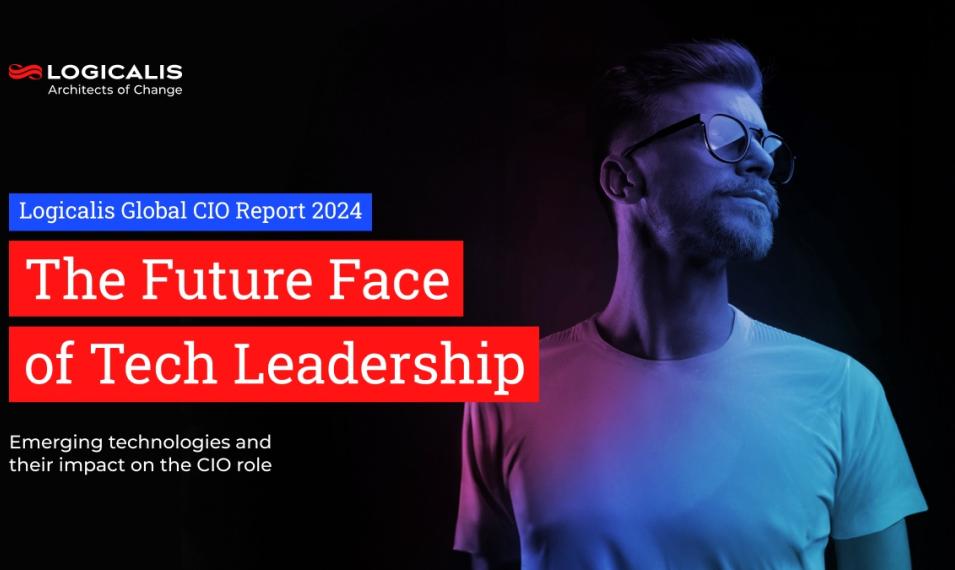
Global , Mar 4, 2024
Press Release
Logicalis 2024 CIO Report: AI and security are top priorities amidst barriers to transformation
Discover the top priorities of tech leaders according to the Logicalis 2024 CIO Report. Learn about AI, digital transformation, and cybersecurity investments amidst economic uncertainty.
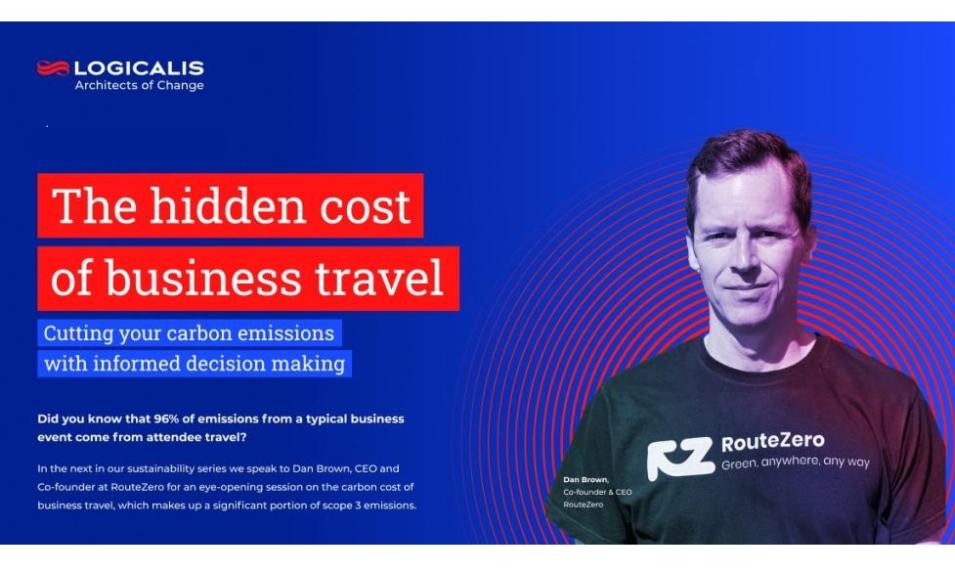
Global , Feb 28, 2024
The hidden cost of business travel
Tackling scope 3 emissions can be a daunting prospect for any organisation but with informed decision making it’s possible to not only improve emissions but create quick improvements on the way to reaching sustainability goals
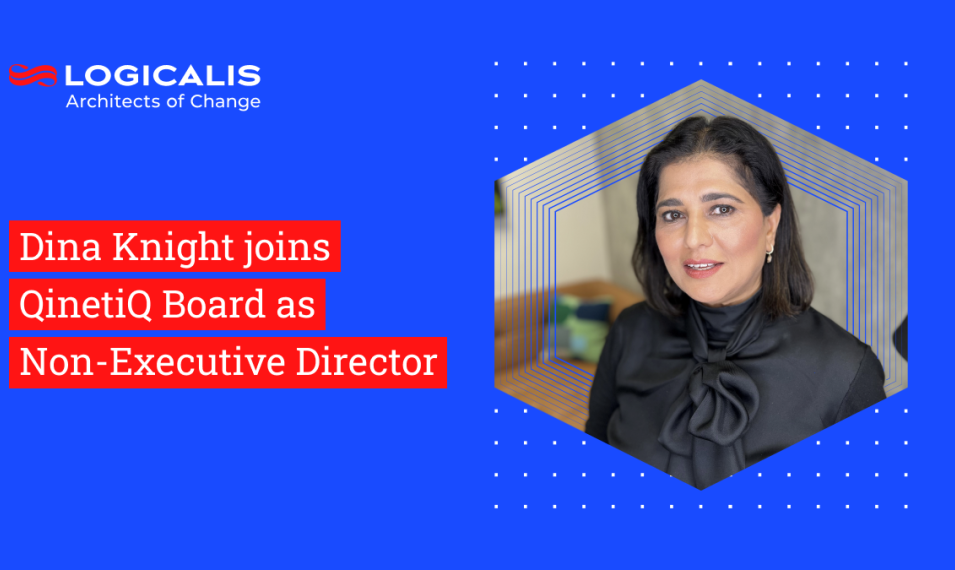
Global , Feb 14, 2024
Dina Knight joins QinetiQ board as Non-Executive Director
Dina Knight will join the QinetiQ Board as Non-Executive Director on 1 March 2024. Dina’s NED position will compliment her role as Chief People Officer at Datatec and Logicalis International, accountable for its people operations and strategy.
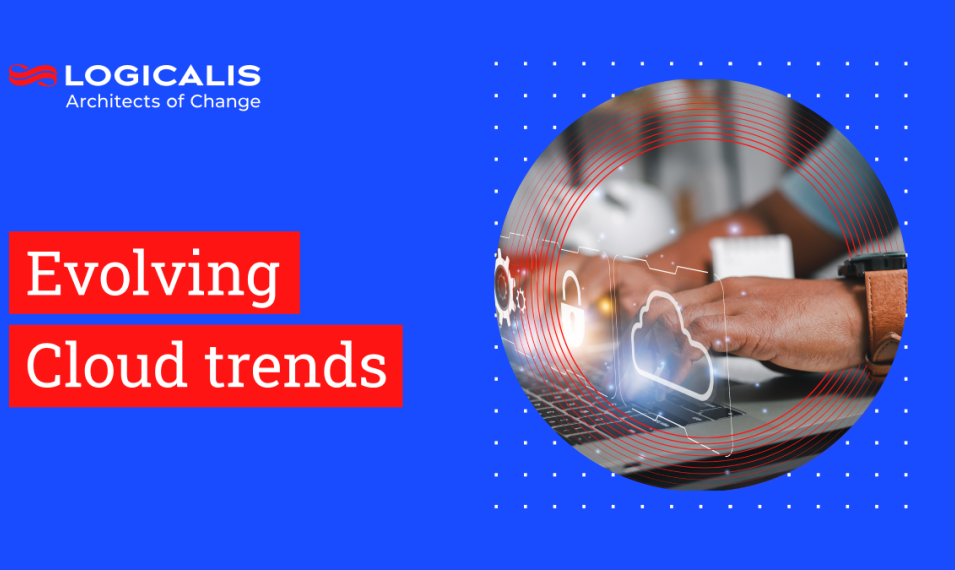
South Africa , Feb 14, 2024
Evolving Cloud trends
Cloud technology continues to be at the forefront of innovation and a critical element to any digital strategy in 2024. As businesses increasingly embrace digital transformation, understanding and leveraging, evolving cloud trends and technologies is crucial to staying competitive in the market.

Global , Feb 12, 2024
Evolving Cloud trends
Cloud technology continues to be at the forefront of innovation and a critical element to any digital strategy in 2024. As businesses increasingly embrace digital transformation, understanding and leveraging, evolving cloud trends and technologies is crucial to staying competitive in the market.

Global , Feb 5, 2024
Intelligent Buildings: Revolutionising the global real estate market for the next generation
Planning and designing an intelligent building is a complex process. Working with a team of experienced professionals will help to ensure the best results for everyone – owners, operators, and occupants.
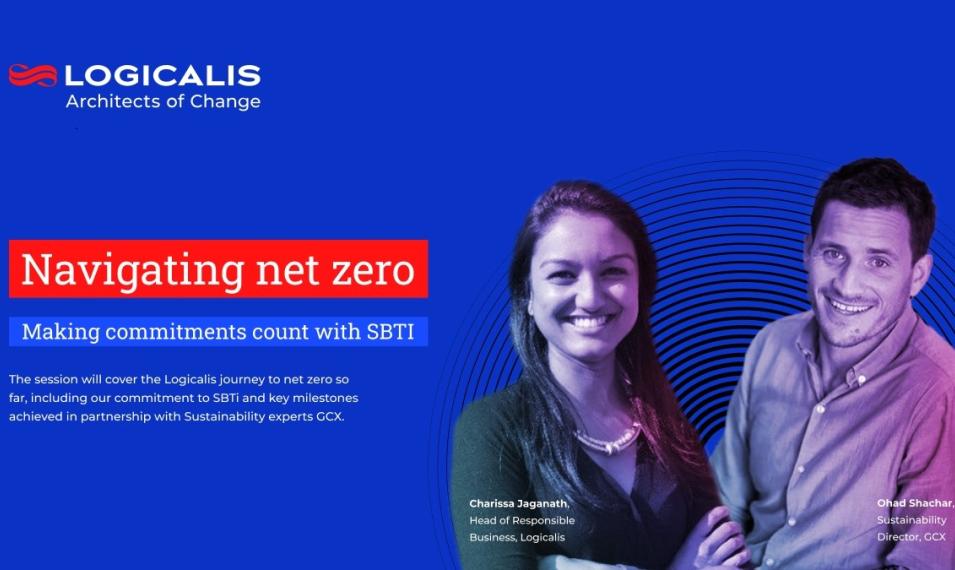
Global , Jan 30, 2024
Navigating net zero - Making commitments count with SBTi
During this webinar, you will learn about Logicalis' sustainability journey, our commitment to SBTi and its impact, key milestones achieved in partnership with GCX, and the practical steps taken to achieve net zero.
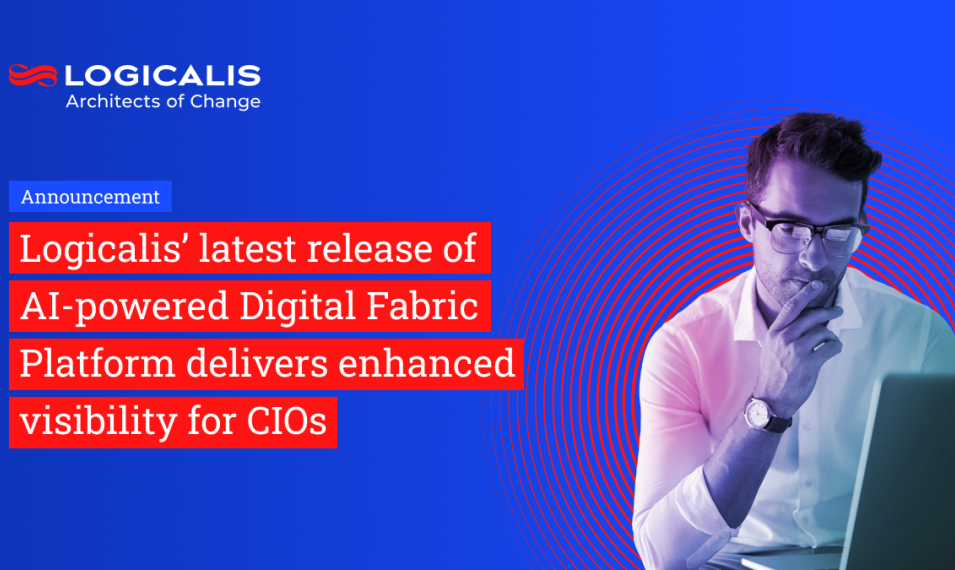
South Africa , Jan 11, 2024
Logicalis’ latest release of AI-powered digital fabric platform delivers enhanced visibility for CIOs
Logicalis announces the release of the next generation of its Digital Fabric Platform, providing CIOs with deeper-level insights and recommendations to underpin the performance of their entire digital ecosystem.

Global , Jan 9, 2024
Press Release
Logicalis’ latest release of AI-powered digital fabric platform delivers enhanced visibility for CIOs
Logicalis announces the release of the next generation of its Digital Fabric Platform, providing CIOs with deeper-level insights and recommendations to underpin the performance of their entire digital ecosystem.

APAC , Jan 9, 2024
Logicalis’ latest release of AI-powered Digital Fabric Platform delivers enhanced visibility for CIOs
10th January 2024. Logicalis, the leading global technology service provider, today announces the release of the next generation of its Digital Fabric Platform, providing CIOs with deeper-level insights and recommendations to underpin the performance of their entire digital ecosystem.

Global , Jan 4, 2024
Toby Alcock discusses sustainable managed services
What steps can managed IT service providers (MSPs) take to provide their customers with sustainability and carbon monitoring services?
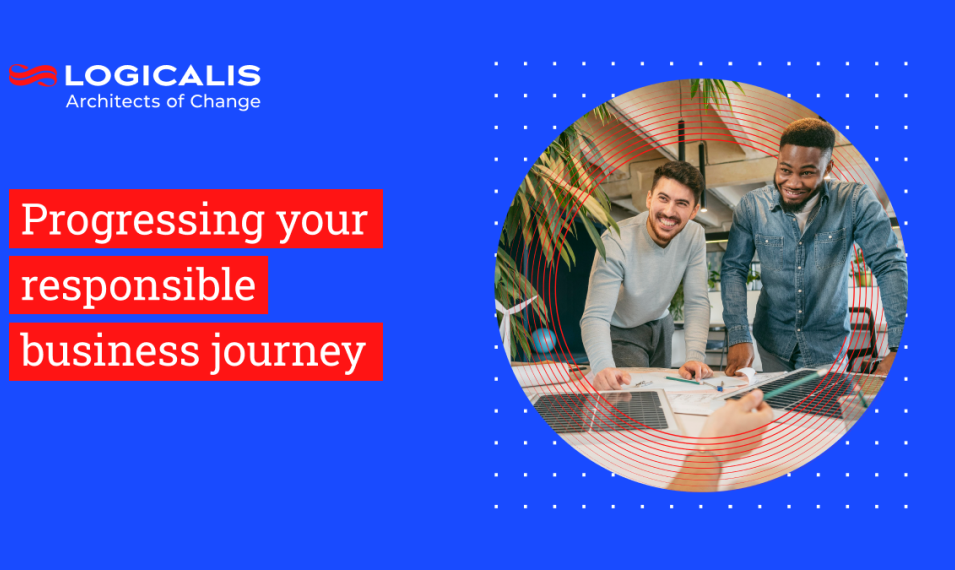
Global , Dec 11, 2023
Progressing your responsible business journey
Our responsible business agenda has been shaped by understanding who we are as a business, which social and environmental challenges are important to our customers, partners, people and in the regions that we operate in.
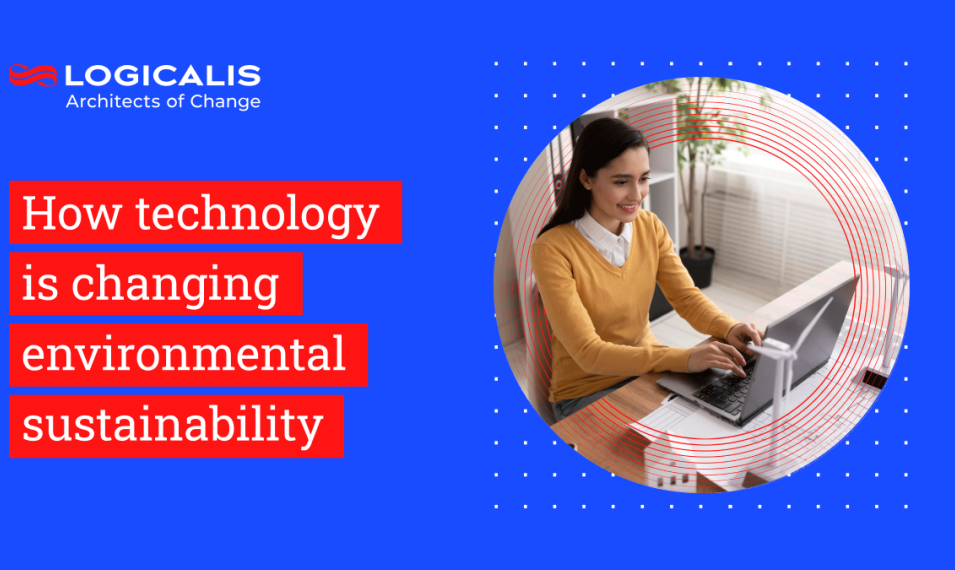
Global , Nov 23, 2023
How technology is changing environmental sustainability
The enablement of sustainability strategies through technology and IT, in this instance is what can truly enable business growth and ESG performance, and there are several ways that they tie together.

Global , Nov 15, 2023
Logicalis and Cisco: An Unshakable Commitment to Sustainability
Together Cisco and Logicalis have delivered value to our mutual customers through a focus on innovation and service, and are now helping organisations across the globe to meet their sustainability objectives.
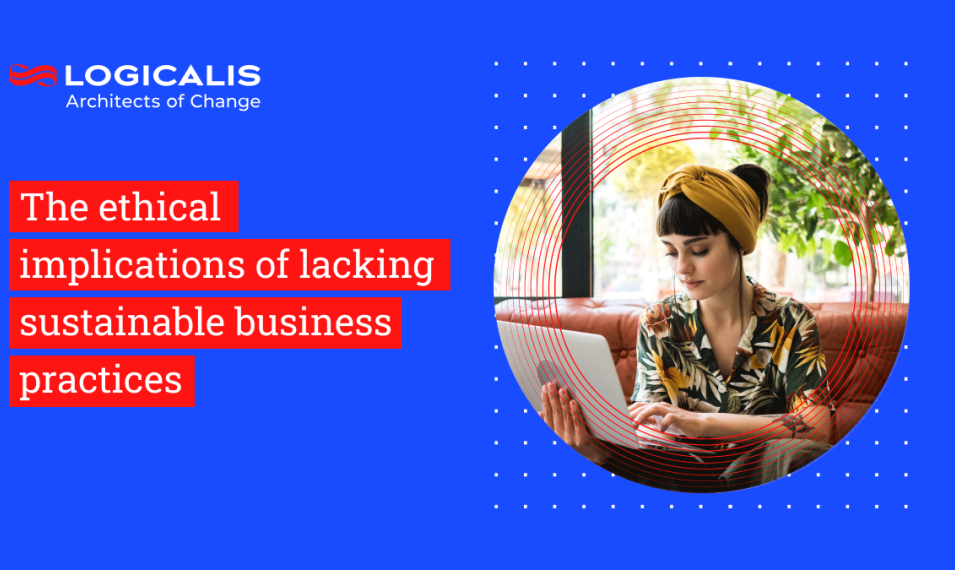
Global , Nov 15, 2023
The ethical implications of lacking sustainable business practices
A sustainable society is one that lives within the carrying capacity of its natural and social systems, but as the impact of businesses on the environment has increased dramatically, that balance for a sustainable society has tipped.
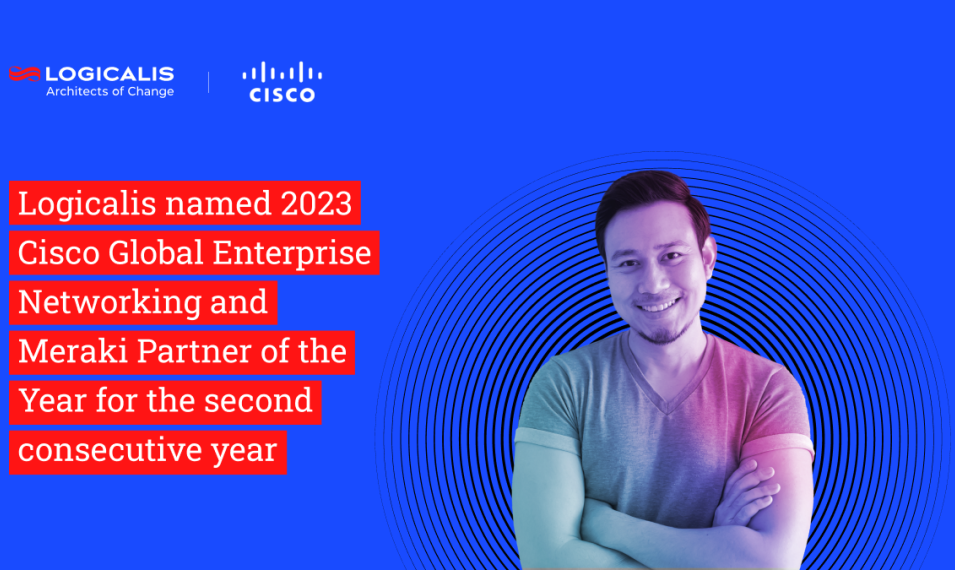
APAC , Nov 15, 2023
Logicalis named 2023 Cisco Global Enterprise Networking and Meraki Partner of the Year for the second consecutive year
Last week, we proudly received the 2023 Cisco Global Enterprise Networking and Meraki Partner of the Year award during Cisco’s annual Partner Summit. The award recognised Logicalis' global capability in Enterprise networking, with Logicalis Portugal receiving a special mention for their standout contribution to driving Intelligent Connectivity managed services to customers in Portugal.
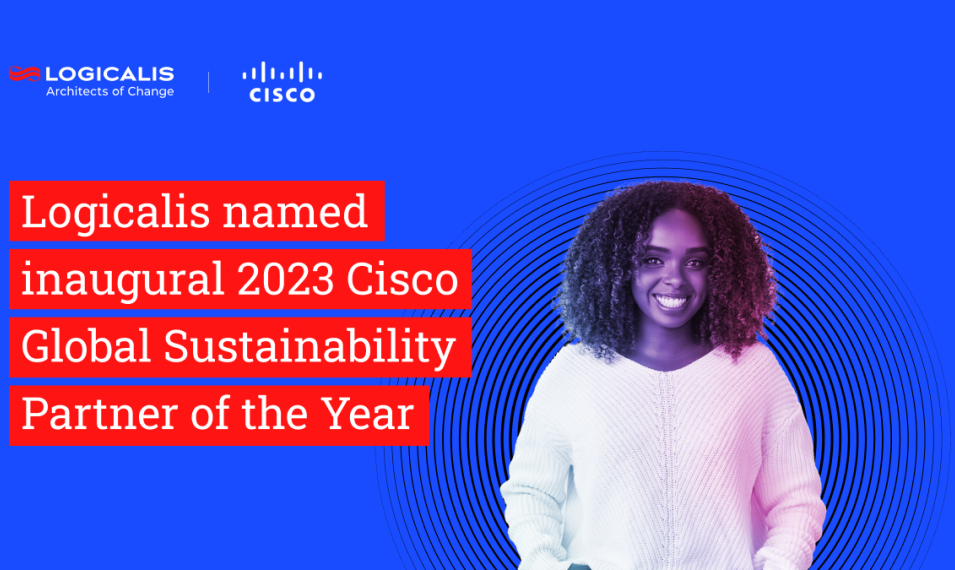
APAC , Nov 13, 2023
Logicalis named inaugural 2023 Cisco Global Sustainability Partner of the Year
Last week, we were honoured to receive the inaugural 2023 Cisco Global Sustainability Partner of the Year award during Cisco's Global Partner Summit event in Miami. This prestigious accolade acknowledges Logicalis' exceptional sustainability achievements and success in helping customers reduce the environmental impact of their digital ecosystems across the globe.
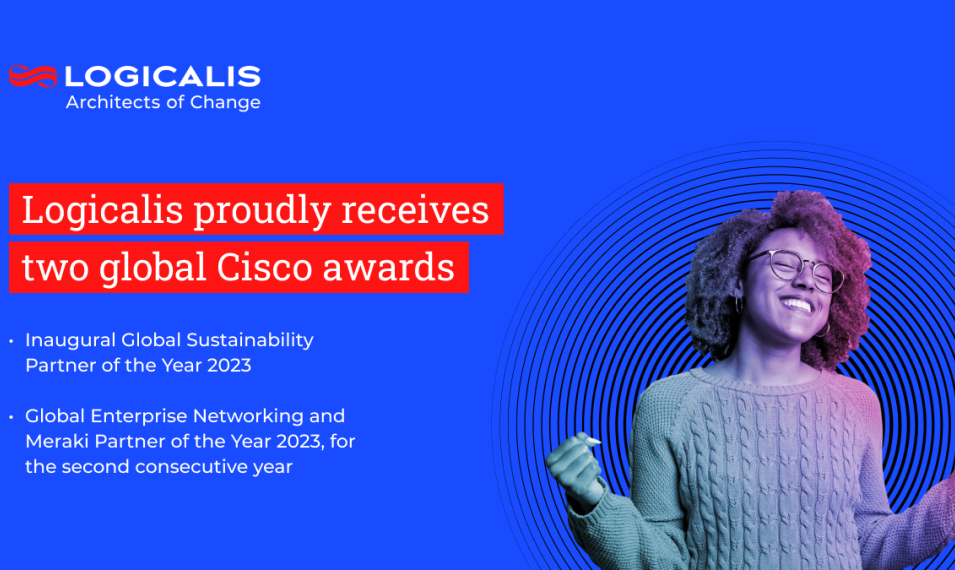
APAC , Nov 9, 2023
Logicalis awarded Global Sustainability Partner of the Year at Cisco Partner Summit 2023
Logicalis is the first Cisco partner to receive the inaugural global accolade. The award reflects Logicalis’ outstanding performance and leadership in sustainable practices across its global operations and customer engagement. Logicalis also recognised for the second consecutive year as the winner of the Cisco Global Enterprise Networking and Meraki Partner of the Year Award.
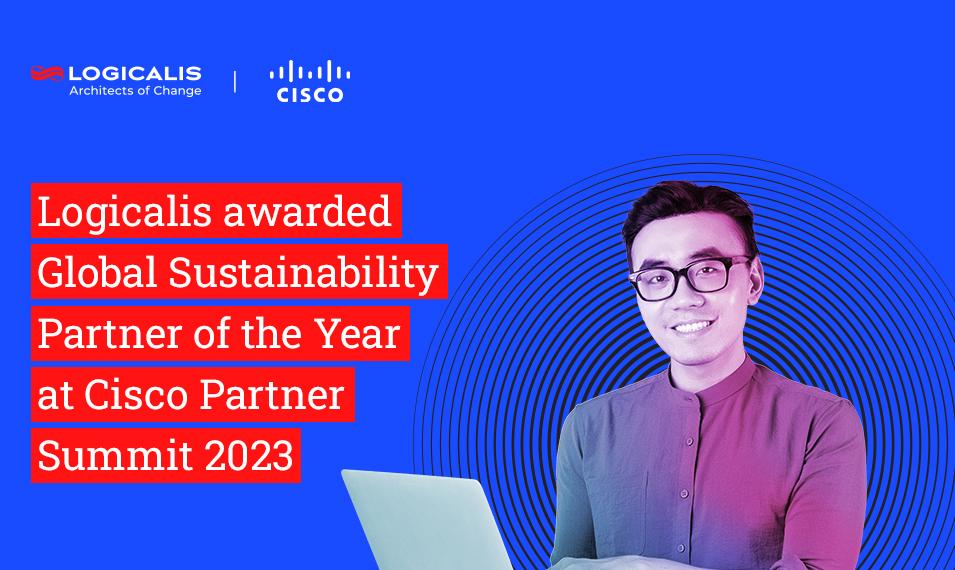
Global , Nov 3, 2023
Press Release
Logicalis awarded Global Sustainability Partner of the Year at Cisco Partner Summit 2023
This inaugural award recognises Logicalis’ outstanding sustainability performance and success in helping customers reduce the environmental impact of their IT infrastructure across the globe.

Global , Oct 26, 2023
Logicalis named inaugural 2023 Cisco Global Sustainability Partner of the Year
Here are some key Logicalis and Cisco areas we're co-collaborating on to deliver value and open new opportunities to drive sustainable practices for our customers, environment, and planet.
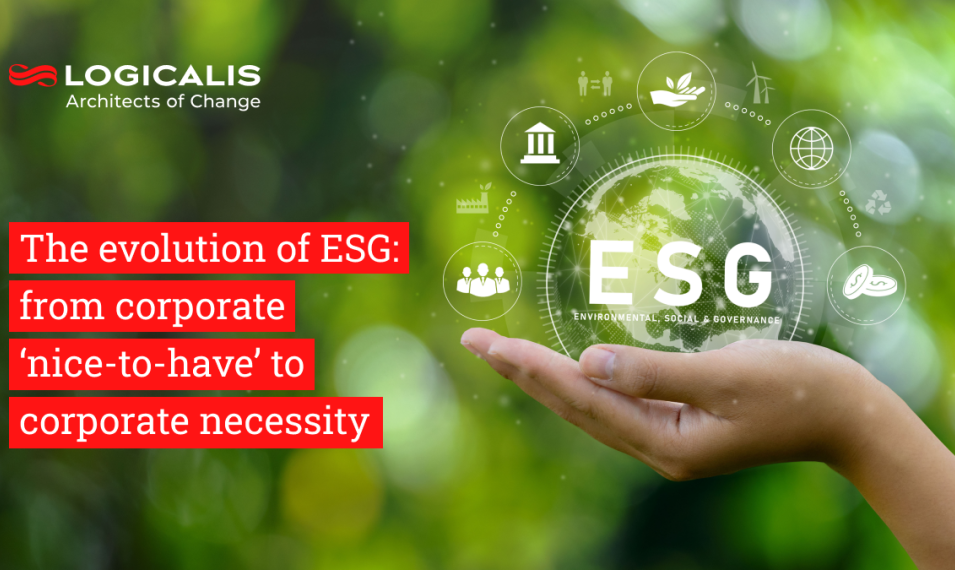
Global , Oct 26, 2023
The evolution of ESG: from corporate 'nice-to-have' to corporate necessity
Corporate sustainability has become more than a “nice to have”. We are seeing more and more organisations realise the urgency to act not just because of regulatory pressure, but also because they see sustainability as a way to drive business benefits. Environmental and social governance or ESG which considers sustainability policies and ethical practice, is moving out of the shadows and becoming the next big bet in business transformation providing clear shared value.
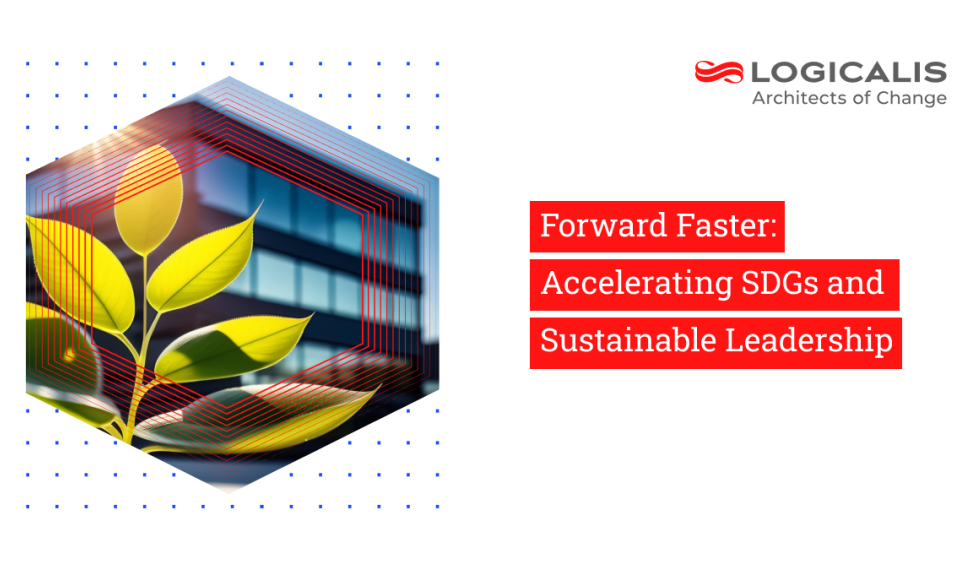
Global , Oct 16, 2023
Forward Faster: Accelerating SDGs and Sustainable Leadership
While we are working hard on our robust responsible business plan, especially with regards to our sustainability goals, there is still a long way for us all to go. Responsible Business Manager Sharon Kekana, recently participated in the UN Global Compact Leaders Summit, held at the Javits Centre in New York.
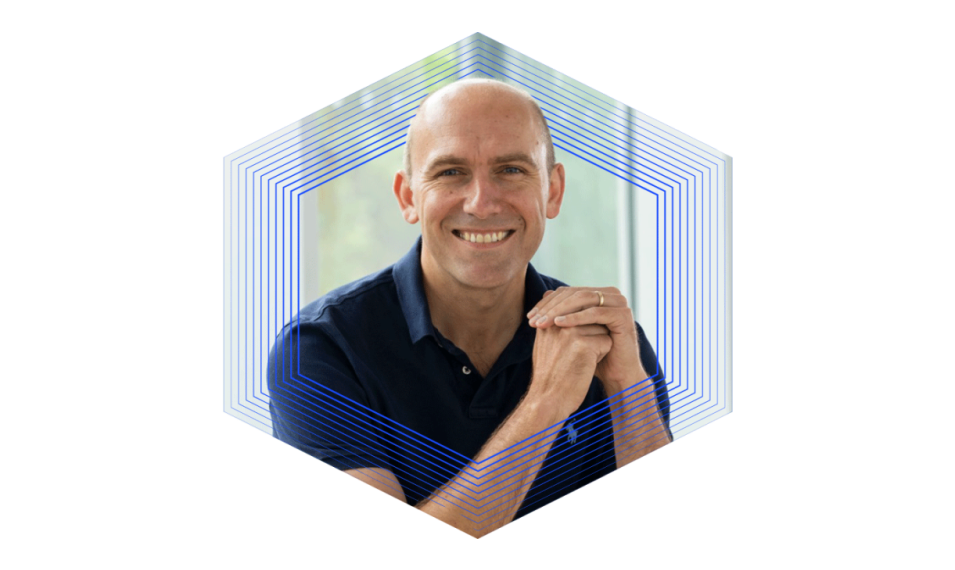
Global , Oct 5, 2023
In the news
Why the CIO is key to driving business sustainability
Sustainability initiatives in the business world, are becoming more of a requirement and technology plays a central role. Read Bob's three steps for CIOs to become leaders in driving their sustainability agendas.
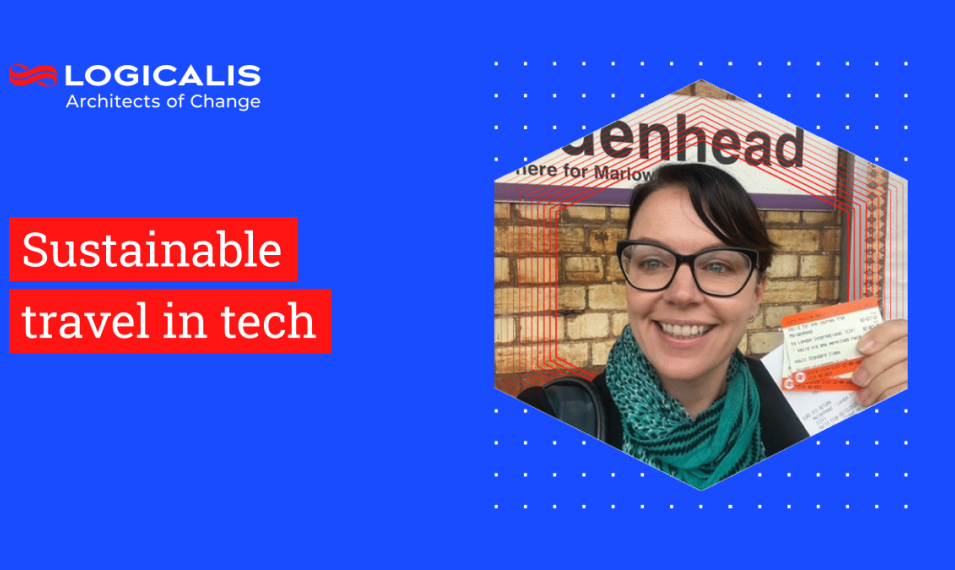
Global , Oct 4, 2023
Sustainable travel – a realistic goal in the IT industry?
Catriona Walkerden, Global VP, Marketing takes us through how the new sustainable travel policy at Logicalis influenced her recent business travel decisions. See how she got on ...
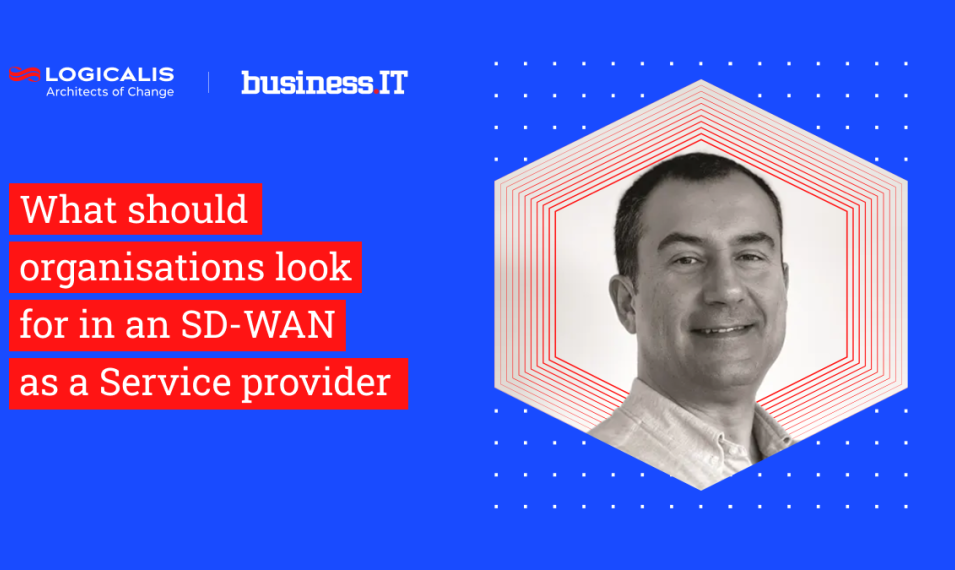
Global , Sep 21, 2023
In the news
What should organisations look for in an SD-WAN as-a-Service provider?
Pedro Morgado outlines the key factors organisations need to consider when selecting an SD-WAN solution provider.
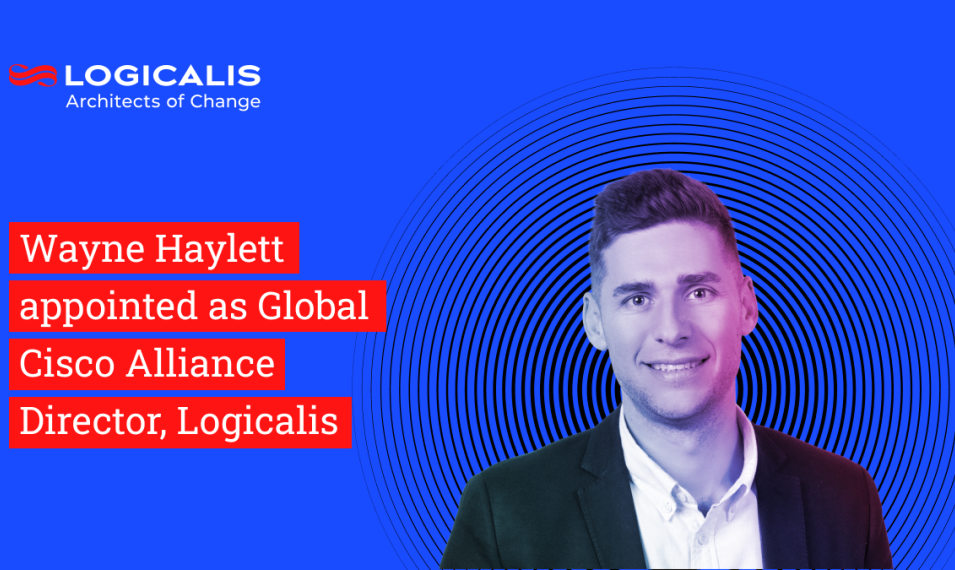
Global , Sep 20, 2023
Logicalis strengthens Global Cisco team with the promotion of Wayne Haylett to Global Cisco Alliance Director
Logicalis announces the promotion of Wayne Haylett from Logicalis Australia to the position of Global Cisco Alliance Director, reporting to Global VP Strategic Alliances, Richard Simmons.

Global , Sep 18, 2023
The role of technology in achieving sustainability goals
Technology has undoubtedly revolutionised the world, however, technology and sustainable approaches are not mutually exclusive. There is a duality to technology and sustainability; while technology itself must be made more sustainable, the way we use technology may be the key to acting more sustainably and tackling the climate crisis.
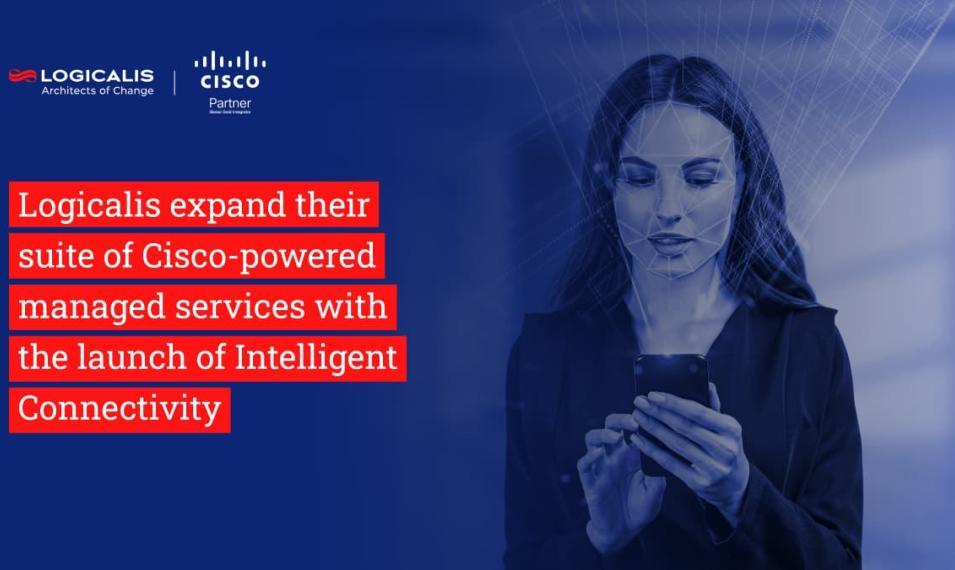
Global , Sep 4, 2023
Press Release
Logicalis expand their suite of Cisco-powered managed services with the launch of Intelligent Connectivity
Logicalis announce the launch of Intelligent Connectivity powered by Cisco, a suite of solutions including Private 5G, SD-WAN, SASE, SSE, SD-Access and ACI Data Centre and become First Cisco Global Partner to achieve Managed Private 5G strategic designation.

Global , Aug 15, 2023
The evolving role of IT in enabling sustainable transformation
Corporate sustainability has become more than a “nice to have”. More and more organisations realise the urgency to act, not just because of regulatory pressure, but also because they see sustainability as a way to drive business benefits.
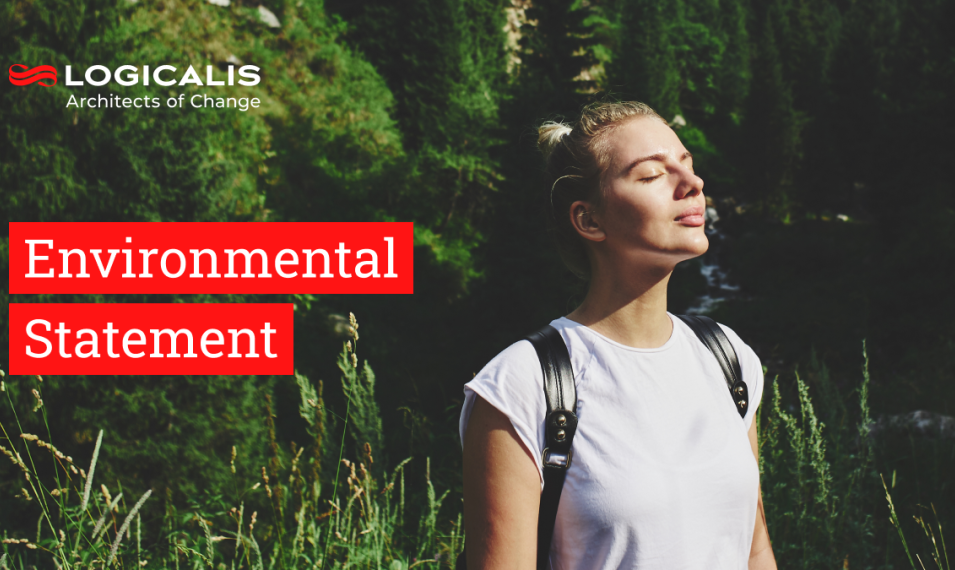
Global , Aug 15, 2023
Logicalis publishes Environmental Statement including benchmarks and commitments
As part of our commitment to sustainability and transparency, we have released our Environmental Statement, which discloses our carbon emission baseline figures and lays out a roadmap for achieving our ambitious carbon reduction goals.
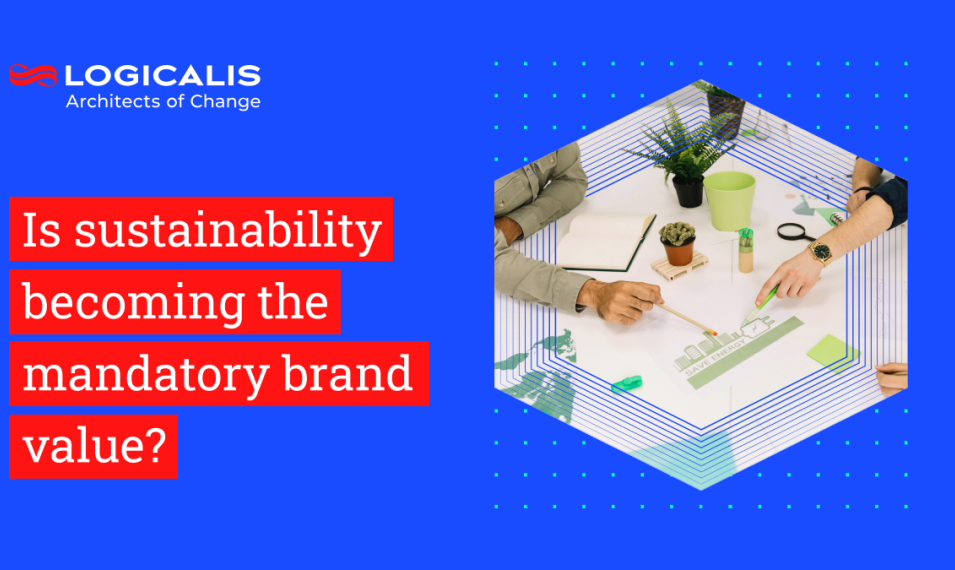
Global , Jul 14, 2023
Is sustainability becoming the mandatory brand value?
Employees and customers are looking to organisations for proactive sustainability action to help tackle the worsening climate situation. How can marketing help drive the right behaviour in organisations?
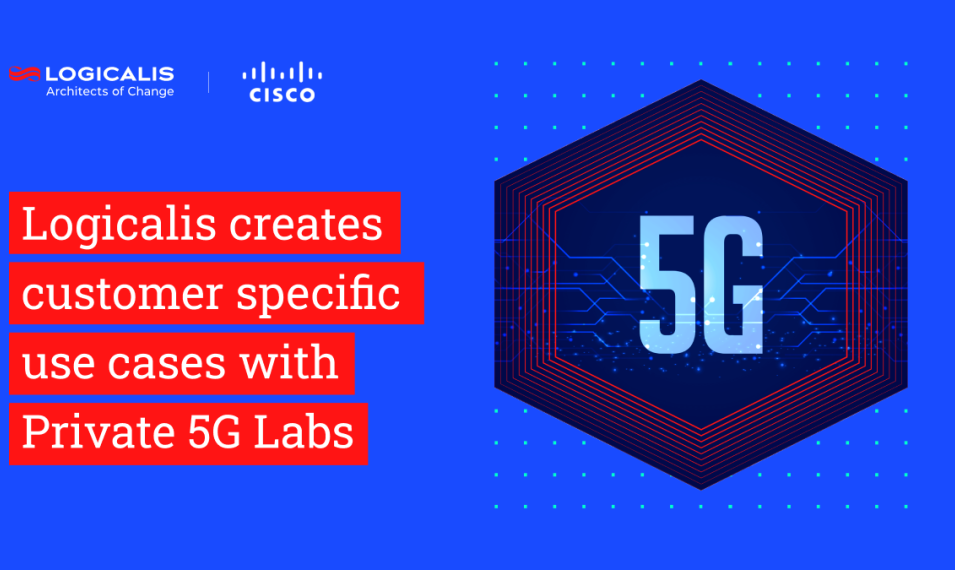
Global , Jul 10, 2023
Bringing use cases to life: Logicalis creates customer specific use cases with Private 5G Labs
Integration of use cases as well as presentation and training for new 5G solutions
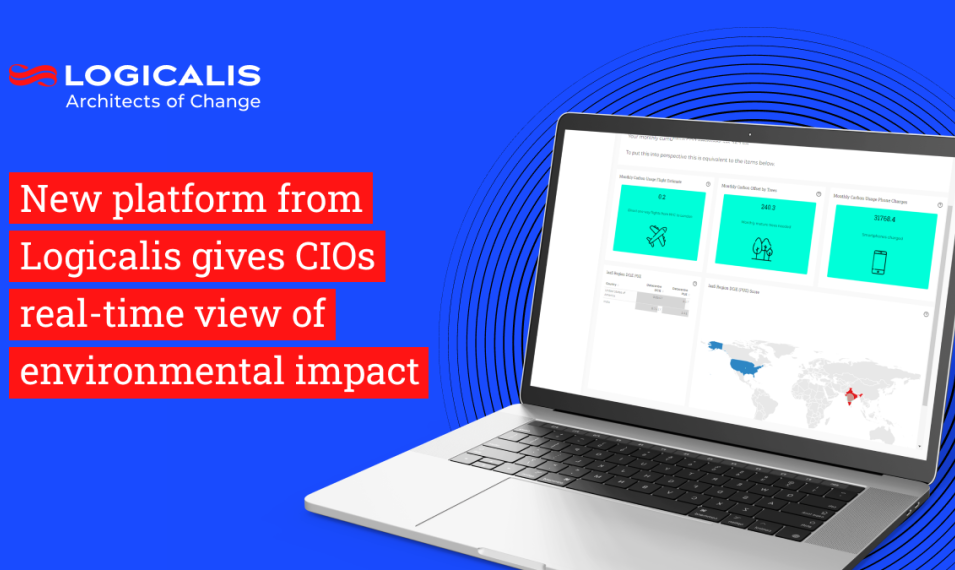
Global , Jul 6, 2023
New platform from Logicalis gives CIOs real-time view of environmental impact
Logicalis announces the launch of the Managed Digital Fabric Platform, created to give CIOs a real-time view of how their entire digital ecosystem is performing across key metrics, including environmental impact.
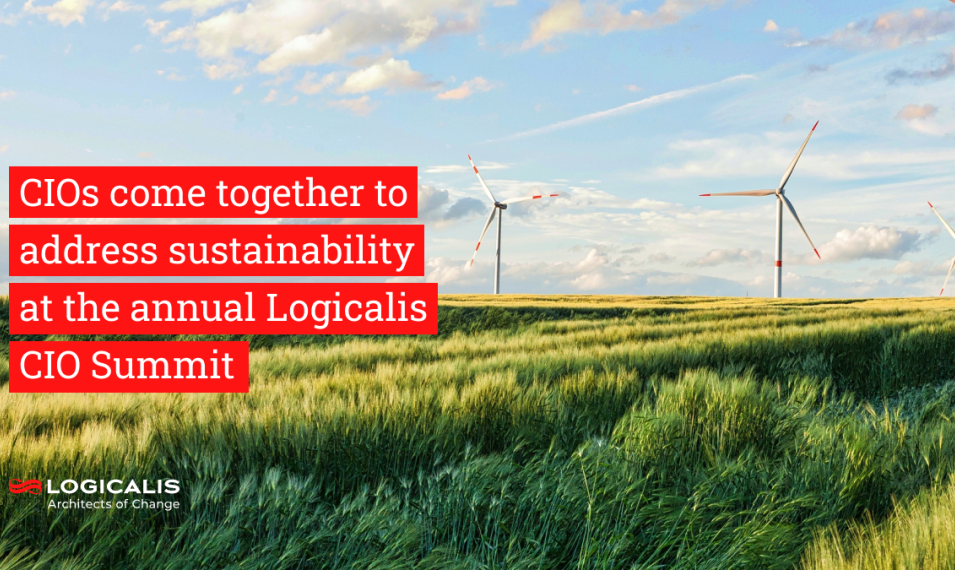
Global , Jun 30, 2023
CIOs come together to address sustainability at the annual Logicalis CIO Summit
CIO commitment needed to measure, manage and reduce carbon emissions Keynote address from Leading Analyst Firm reveals ESG is growing in importance to IT buyers but cautions against investing in tech that doesn’t deliver against goals
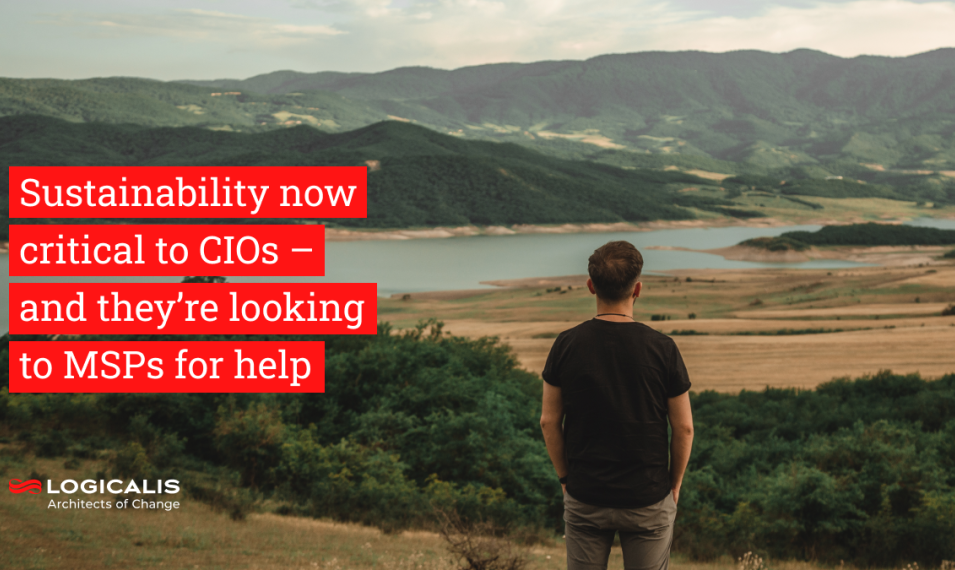
Global , Jun 30, 2023
Sustainability now critical to CIOs – and they’re looking to MSPs for help
Sustainability is a key consideration when choosing an IT supplier: nearly half of CIOs consider carbon output energy efficiency when selecting new suppliers.
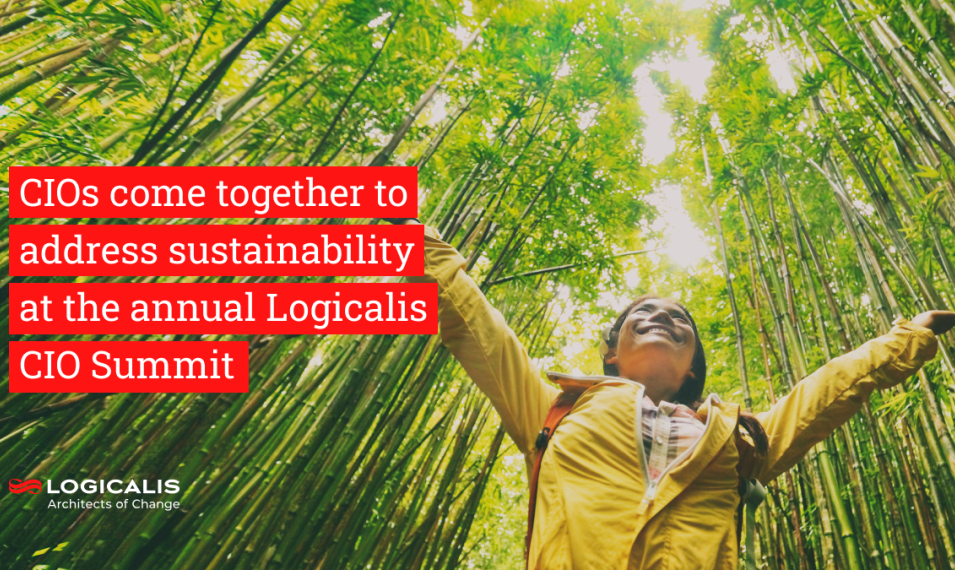
Global , Jun 30, 2023
In the news
CIOs come together to address sustainability at the annual Logicalis CIO Summit
Keynote address from Leading Analyst Firm reveals ESG is growing in importance to IT buyers but cautions against investing in tech that doesn’t deliver against goals.

Global , Jun 30, 2023
In the news
CIOs increasing spending in ESG performance and metrics
CIOs are increasing investment in technologies that help drive business value and ESG performance and highlighted growing trends such as linking executive pay to ESG metrics, a Logicalis summit was told.
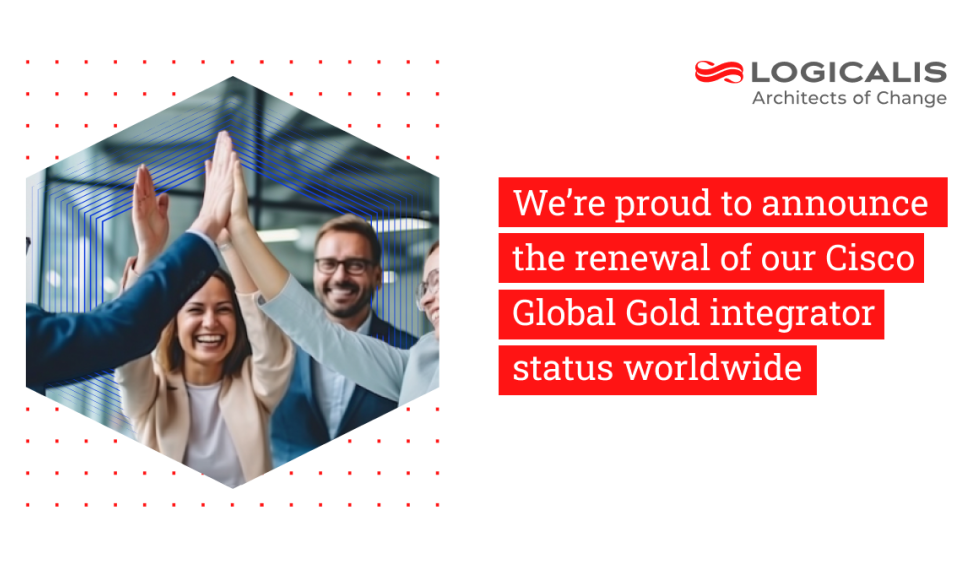
Global , Jun 27, 2023
Logicalis renews accreditation as Cisco Global Gold Integrator
As one of only six Cisco Global Gold Certified Partners, Logicalis successfully delivering innovation, engagement, and value for customers worldwide.
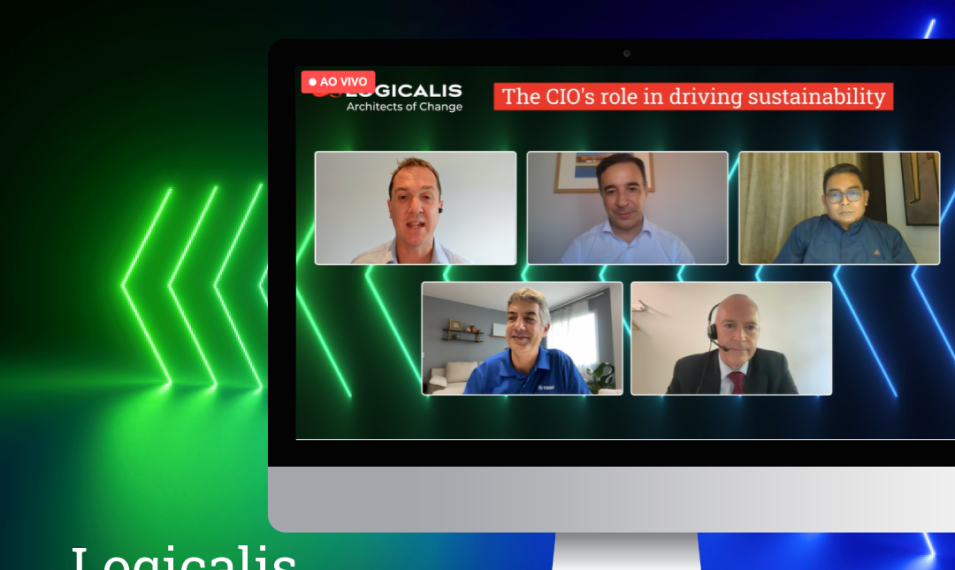
Portugal , Jun 22, 2023
Logicalis realiza CIO Summit 2023
Decorreu hoje a 2ª edição do evento global Logicalis CIO Summit, que se focou na importância do desenvolvimento do percurso digital para que as organizações possam ter um futuro sustentável.
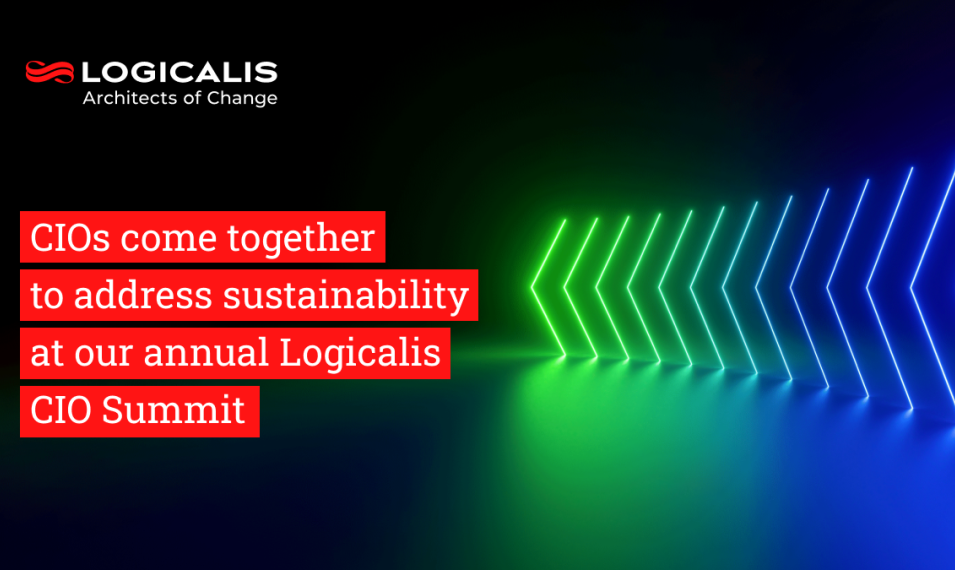
Global , Jun 22, 2023
CIO Summit 2023
Our summit, themed Forging a Digital Path to Sustainable IT, gave CIOs insight and inspiration from experts driving sustainable innovation in their industry and highlighted the vital role of IT as an enabler for sustainable transformation.
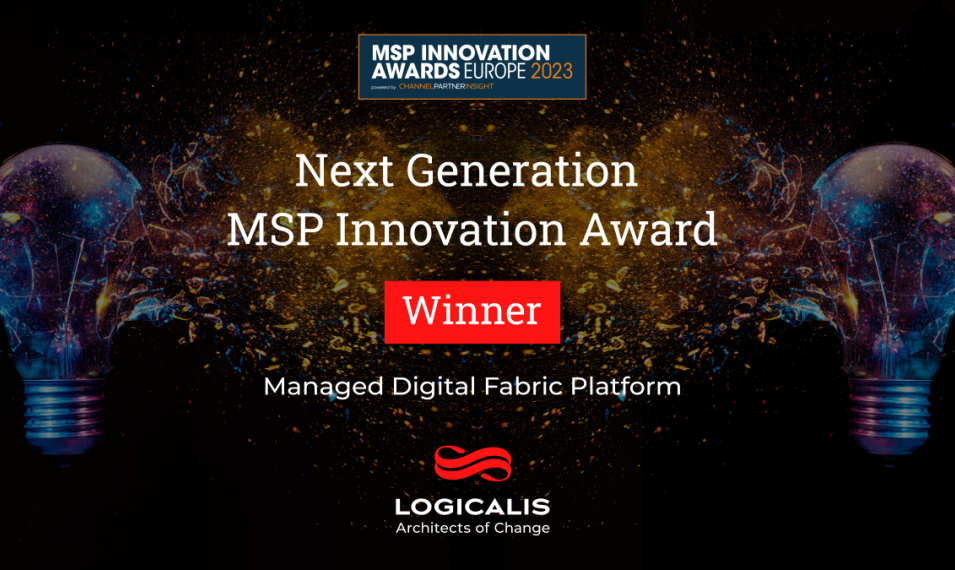
Global , Jun 16, 2023
Logicalis awarded Next Generation MSP Innovation award at the European MSP Awards 2023.
We created the Managed Digital Fabric platform to enable our customers to run their IT infrastructure and applications more efficiently, securely, and sustainably. We're thrilled that Logicalis has been awarded the Next Generation MSP Innovation Award at the European MSP Innovation Awards 2023 for this platform.
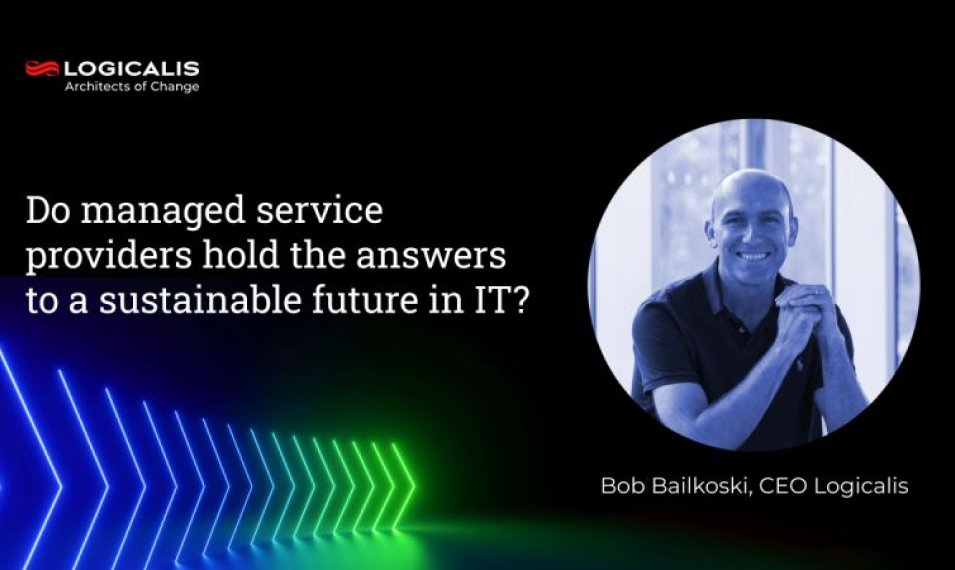
Global , Jun 2, 2023
Do managed service providers hold the answers to a sustainable future in IT?
With sustainability top of mind for everyone, organisations are demanding transparency and clarity from suppliers and partners around ESG goals today.
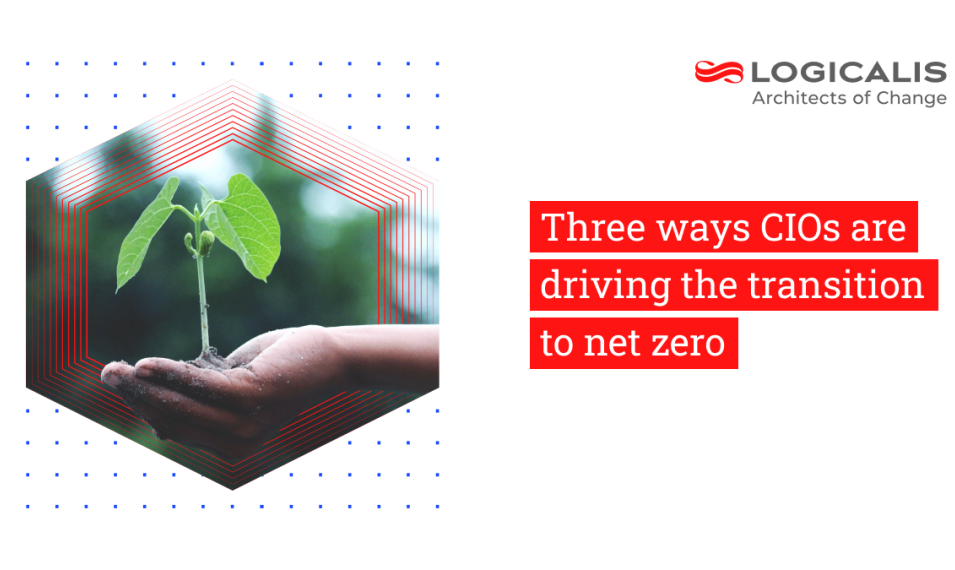
Indonesia , Apr 25, 2023
Three ways CIOs are driving the transition to net zero
The transition to net zero offers a great opportunity for CIOs to increase their strategic influence across the business. The Logicalis Global CIO Report 2023 identified three ways CIOs are driving the transition to net zero.

Global , Mar 31, 2023
Three ways CIOs are driving the transition to net zero
The transition to net zero offers a great opportunity for CIOs to increase their strategic influence across the business. The Logicalis Global CIO Report 2023 identified three ways CIOs are driving the transition to net zero.
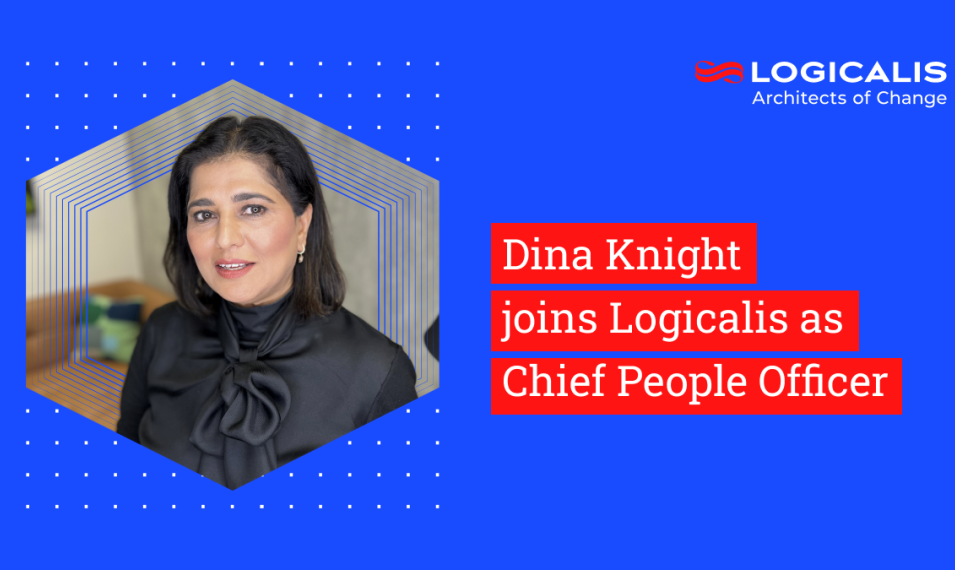
Global , Mar 6, 2023
Press Release
Logicalis take people strategy to new level with appointment of Dina Knight as its first Group Chief People Officer
Logicalis, a global technology service provider, today announces the appointment of Dina Knight to the position of Chief People Officer, in a newly created role within the executive team, reporting to Global CEO, Robert Bailkoski.
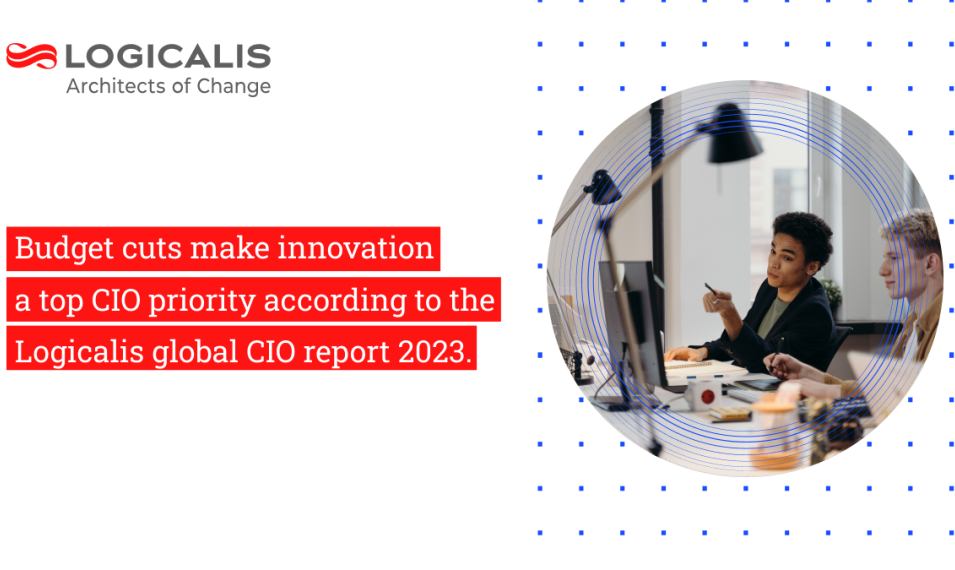
Global , Feb 21, 2023
Budget cuts make innovation a top CIO priority according to the Logicalis global CIO report 2023.
While firms are concerned about the global economy and continue to cut budgets, CIOs are responding by taking on more of a strategic role.
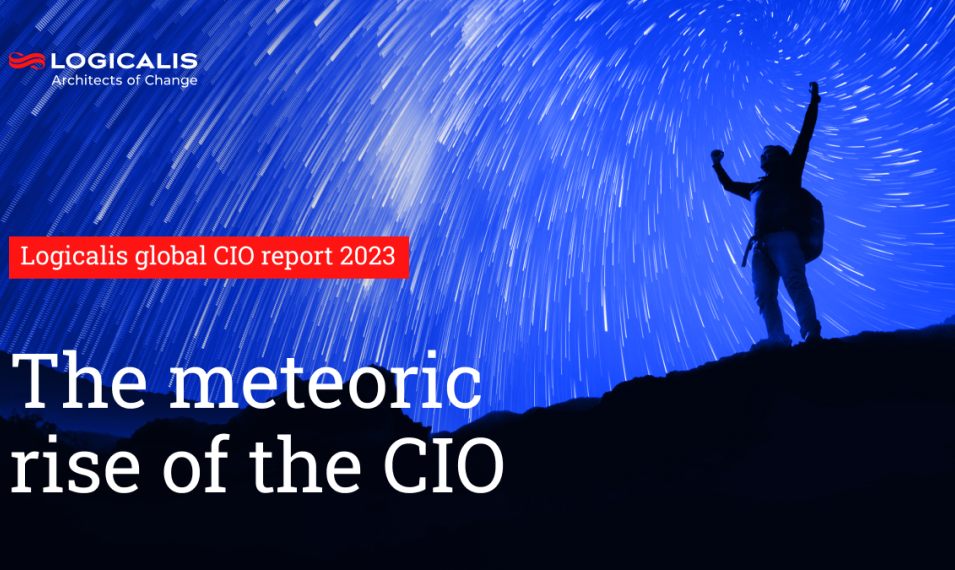
Global , Feb 10, 2023
Bold leadership elevates CIOs to the boardroom, according to Logicalis global study
CIOs have stepped into the role of digital evangelist and strategic advisor, according to the 2023 Global CIO Survey from Logicalis, a global technology service provider.
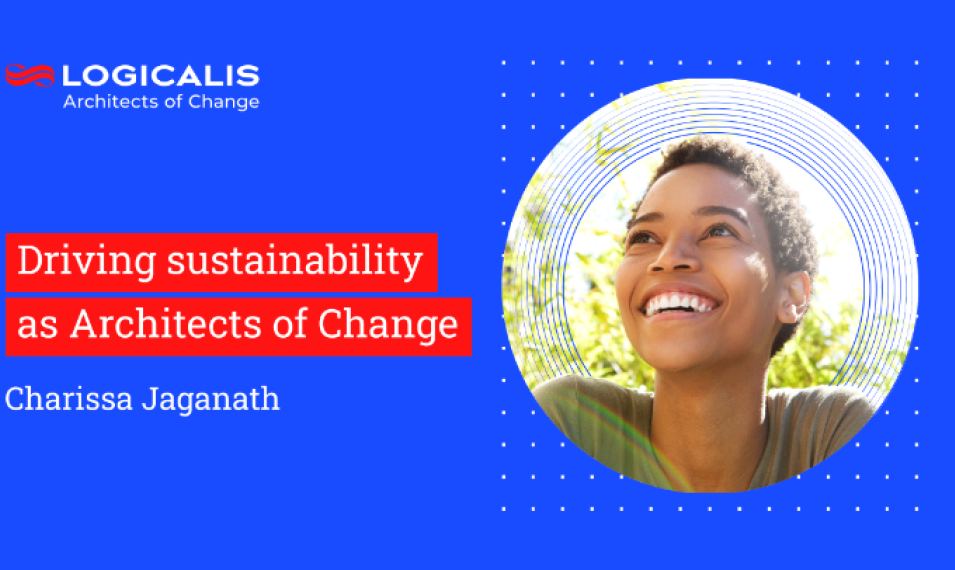
Global , Feb 1, 2023
Driving sustainability as Architects of Change
Being a responsible business is about the ability to make a commitment and make a difference. Charissa Jaganath discusses what Logicalis is doing to make a difference and why driving sustainability is so important to us.
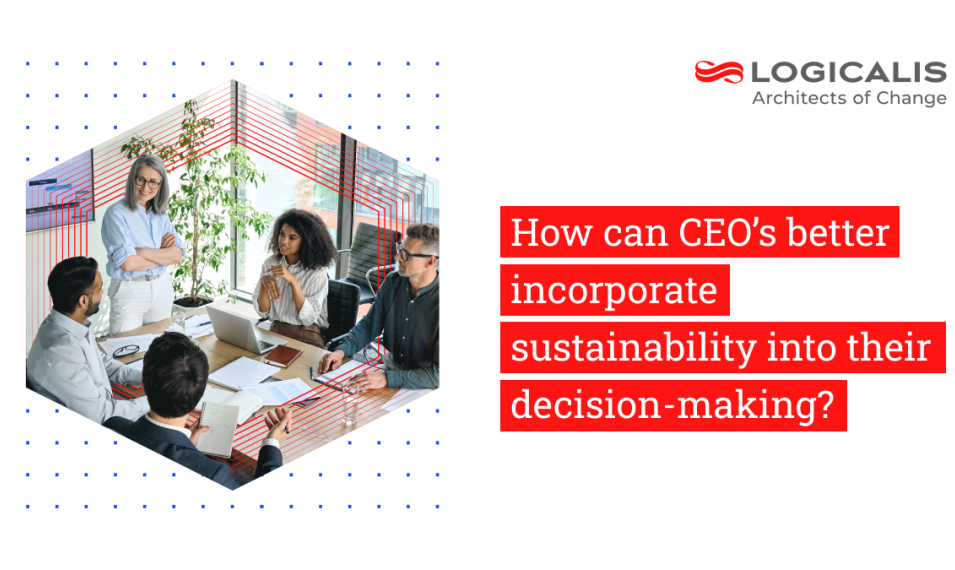
Global , Dec 20, 2022
How can CEOs better incorporate sustainability into their decision-making?
Bob Bailkoski, CEO, shares his top three pieces of advice for CEOs wishing to better incorporate sustainability into their decision making.
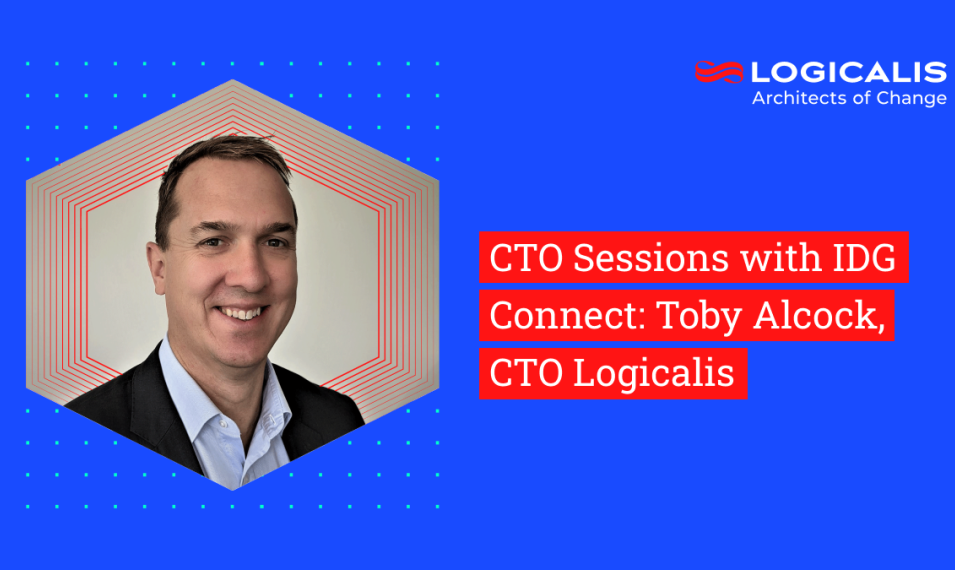
Global , Dec 20, 2022
CTO Sessions with IDG Connect: Toby Alcock, CTO Logicalis
Toby speaks to IDG Connect about how he became our CTO, the biggest issues customers are facing currently, how we’re focussed on customer outcomes with automation and how to align technology with business goals.
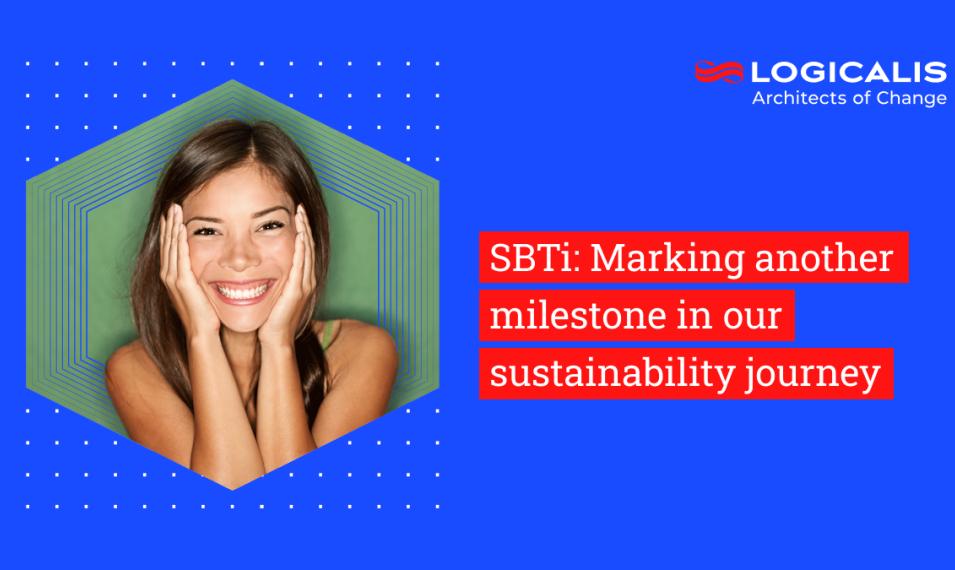
Global , Dec 19, 2022
Logicalis commits to Corporate Net Zero Standard (SBTi), marking another milestone in its sustainability journey
London, United Kingdom – 19 December 2022: Logicalis, a global technology service provider, today announces its commitment to the Science Based Targets initiative (SBTi) Corporate Net Zero Standard - the world's first framework for corporate net zero target setting in line with climate science.
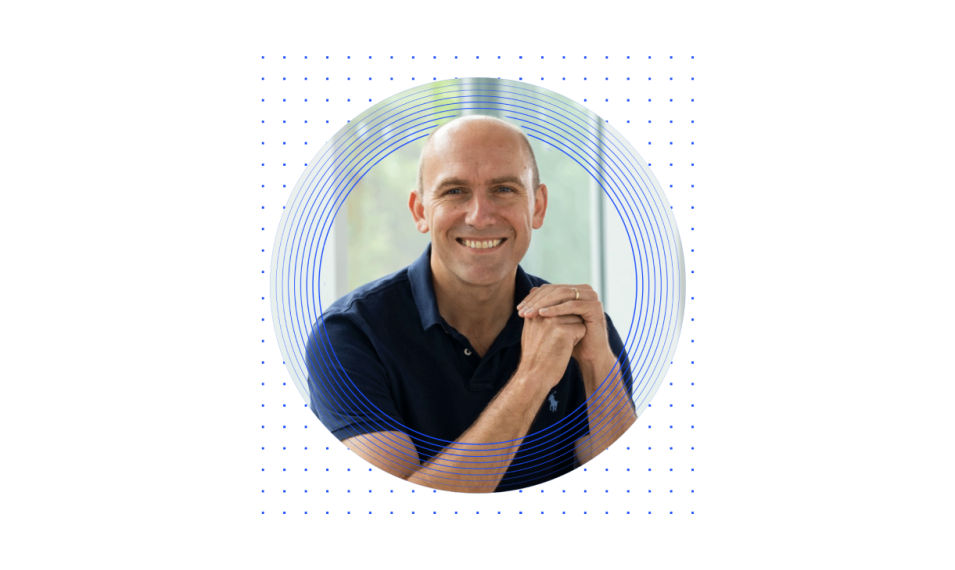
Global , Dec 12, 2022
Logicalis Group CEO on sustainability: 'There is scope for the channel to work more closely together to achieve greater impact'
Bob Bailkoski, shares with Channel Partner Insight how there is scope for the channel to work more closely together to achieve greater impact
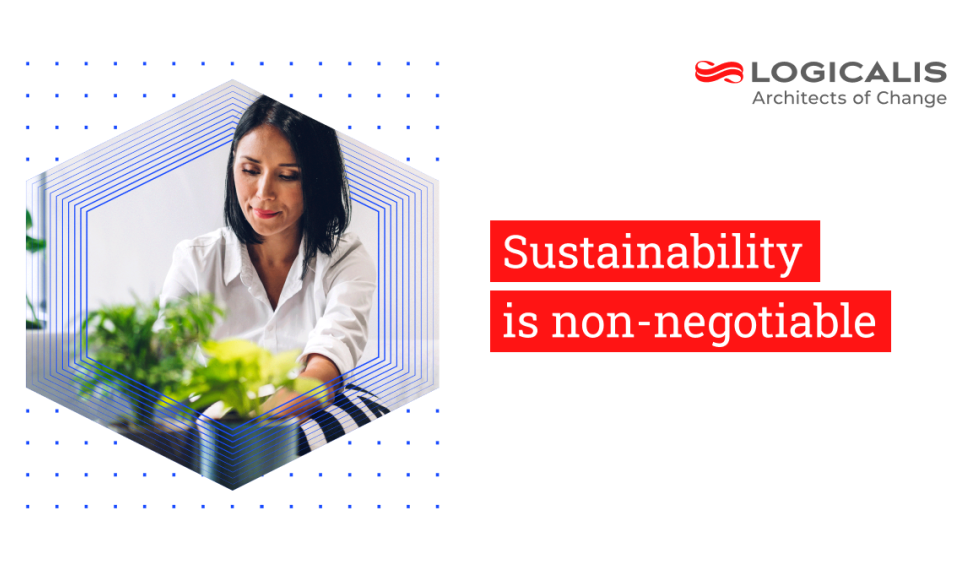
Global , Dec 9, 2022
Logicalis CEO: Sustainability is non-negotiable
Logicalis CEO, Robert Bailkoski talks to Simon Quicke, editor of MicroScope UK, about sustainability and how the business is playing its part in reducing the strain on the planet and how he’s encouraging staff, suppliers and customers to get involved

Brazil , Dec 6, 2022
Usina Coruripe reestrutura ambiente tecnológico após Assessment de Transformação Digital realizado pela Logicalis
A avaliação de maturidade digital resultou na seleção de 30 projetos que serão implementados até 2024, com foco em metodologias ágeis, atualização tecnológica, automatização de processos e desenvolvimento de mindset digital
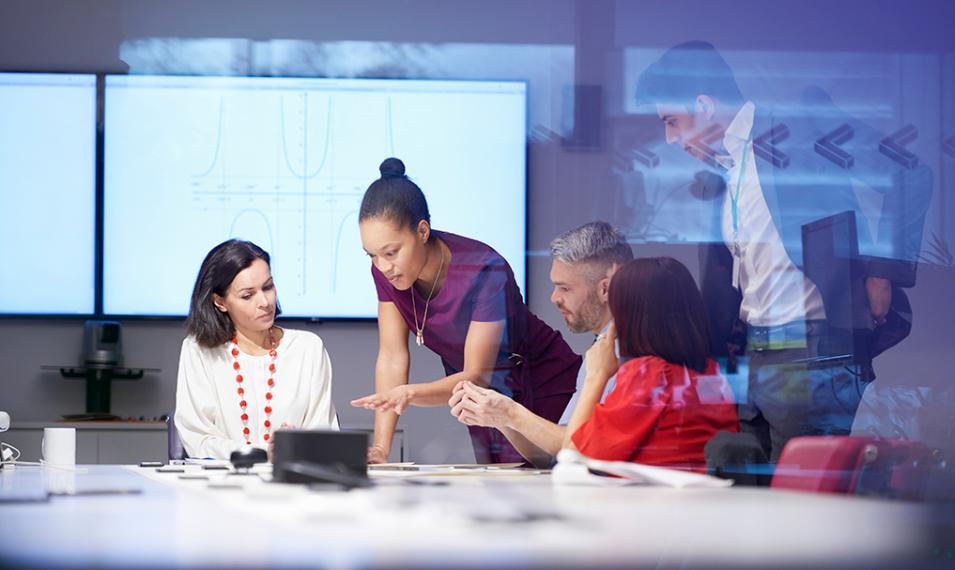
Brazil , Nov 29, 2022
Programa de Estágio 2023 da Logicalis está com vagas abertas até 9 de dezembro
Empresa está com 30 vagas abertas, nas áreas de Consultoria e Tech House para atuação em projetos de Transformação Digital

Latin & South America , Nov 29, 2022
¿Los proveedores de servicios gestionados tienen las respuestas a un futuro sostenible en TI?

Latin & South America , Nov 29, 2022
¿Los proveedores de servicios gestionados tienen las respuestas a un futuro sostenible en TI?
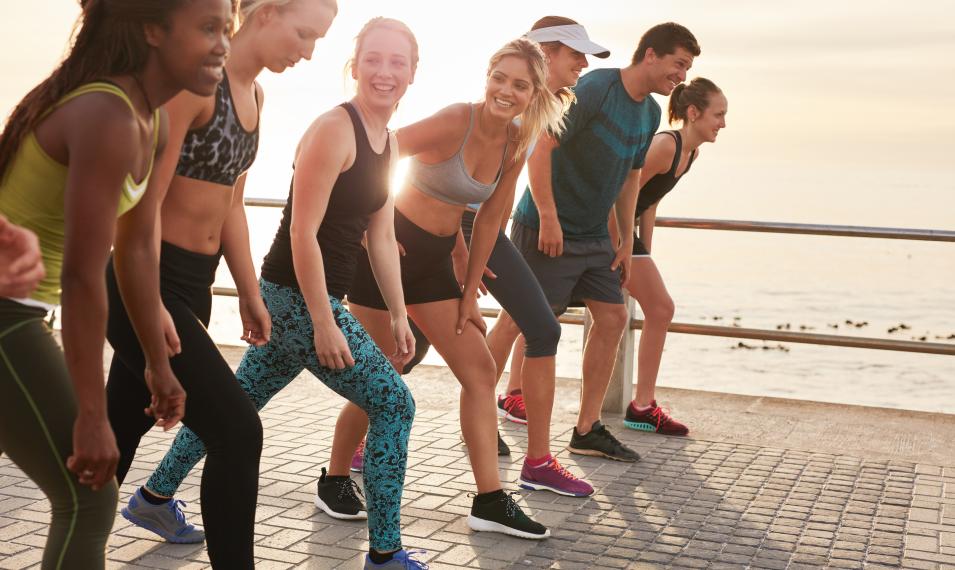
Global , Nov 14, 2022
We’re an Uber workforce now
Post pandemic, businesses no longer have centralised workforces. What does this mean for operations and management? Our very own Group Senior Vice President of Human Resources, Justin Kearney, shares with UNLEASH how “organisations are turning to technology to create a truly collaborative hybrid workplace and manage the younger generations satisfactorily.”

Brazil , Nov 7, 2022
Logicalis abre vagas para Programa de Estágio 2023
Processo seletivo 100% virtual oferece oportunidades de job rotation para garantir o desenvolvimento de habilidades em tecnologias voltadas a Transformação Digital
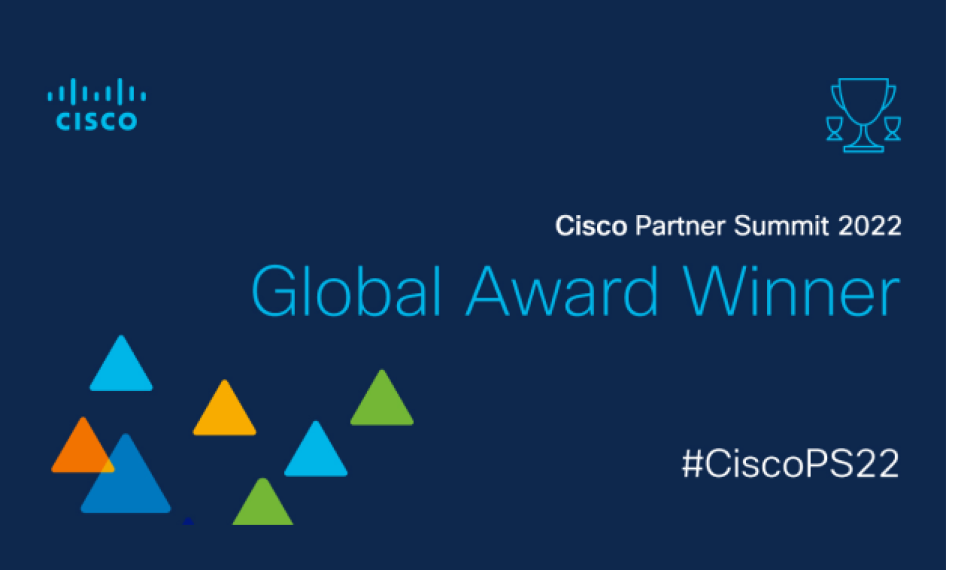
Global , Nov 7, 2022
Logicalis Recognised as Winner of the Cisco Global Enterprise Networking and Meraki Partner of the Year Award at Cisco Partner Summit 2022
We’re delighted Cisco recognises Logicalis as the Global Enterprise Networking and Meraki Partner of the Year 2022. These awards are a consequence of the 25-year strategic partnership between Logicalis and Cisco, uniting to drive customer success. Congratulations to everyone involved

Brazil , Nov 3, 2022
Logicalis é premiada em sete categorias no Cisco Partner Summit 2022
Entre os destaques estão o reconhecimento nas soluções e serviços em Cloud e IoT e as práticas de Customer Experience

Global , Oct 27, 2022
Will business air travel ever return to its pre-Covid heights?
While the aviation sector is slowly taking off again, it is struggling to attract passengers who have realised how much work can be done virtually. Bob Bailkoski, CEO Logicalis joins the debate with Raconteur, sharing his views on sustainable travel.
Global , Oct 26, 2022
The road to become a Net Zero carbon organisation
Hear from Logicalis International CEO Bob Bailkoski, and the plan to become a Net Zero carbon organisation.

Brazil , Oct 25, 2022
Logicalis realiza primeira chamada 5G multi vendor em ambiente de testes
Empresa de serviços é a pioneira na criação de um laboratório que demonstra a interoperabilidade de um ambiente 5G baseado em soluções de diversos fornecedores
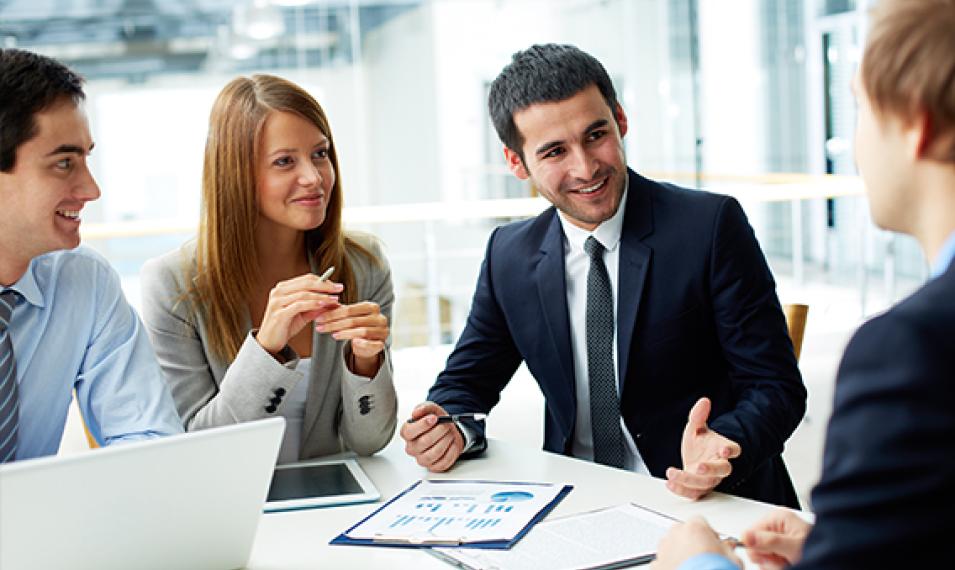
Brazil , Sep 15, 2022
Com foco em sustentabilidade, Logicalis adota veículo elétrico em suas operações logísticas
Projeto, em parceria com a Solistica, está alinhado à estratégia da companhia em continuar a ser uma empresa carbono neutro

Brazil , Sep 15, 2022
Logicalis apresenta portfólio de soluções e realiza palestra sobre cibersegurança em 5G e APIs no FEBRABAN TECH 2022
Soluções de Cloud, Segurança, Data Analytics, IoT, 5G, Digital Workplace, Networking, Consultoria e Serviços Gerenciados fazem parte da oferta da empresa para o mercado financeiro

Brazil , Sep 15, 2022
Logicalis e Dell firmam parceria para acelerar tecnologias de redes móveis 5G
Empresas oferecerão infraestrutura de processamento de dados para otimizar a capacidade das operadoras, além de agilizar a implementação e lançamento de novos produtos

Brazil , Sep 15, 2022
Logicalis sela parceria com ABINC
A união reforçará o compromisso da Logicalis com a estratégia de IoT e o seu posicionamento no mercado brasileiro.

Brazil , Sep 15, 2022
Logicalis firma parceria com Zippin para oferecer soluções de lojas autônomas para varejistas no Brasil
A Logicalis anuncia sua parceria na América Latina com a Zippin, fornecedora líder de tecnologia checkout-free, para a implementação e desenvolvimento de soluções de lojas autônomas.
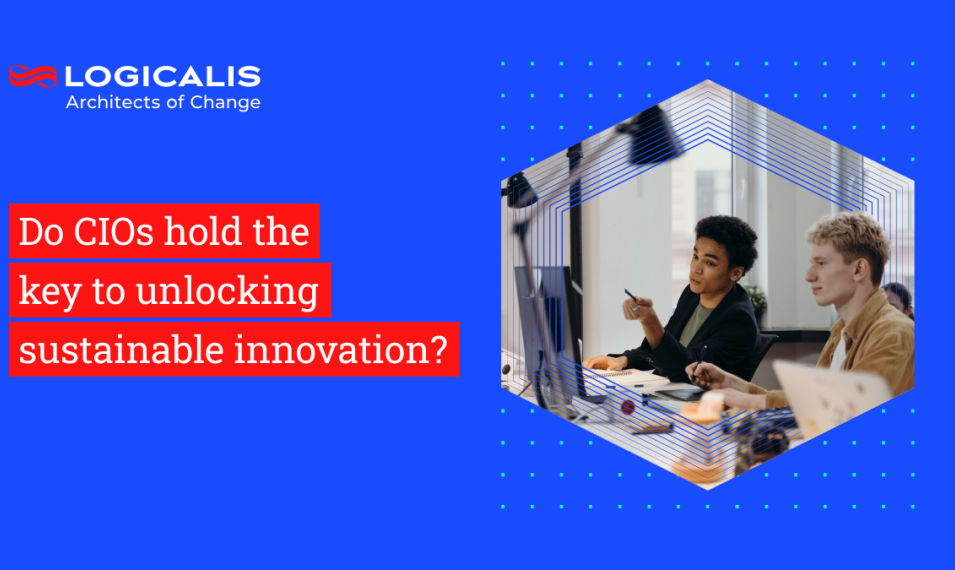
Global , Jun 16, 2022
Do CIOs hold the key to unlocking sustainable innovation?
Businesses need robust plans to lower emissions and reduce their impact on the environment. Businesses not only require sustainable innovation but efficient innovation through taking a data-driven approach and managing IT to outcomes, not uptime.

Global , Feb 1, 2022
Business trend predictions for 2022
Logicalis Group CEO Bob Bailkoski, sat down with us and talked us through his top three predictions for the year ahead. Find out what they are ...
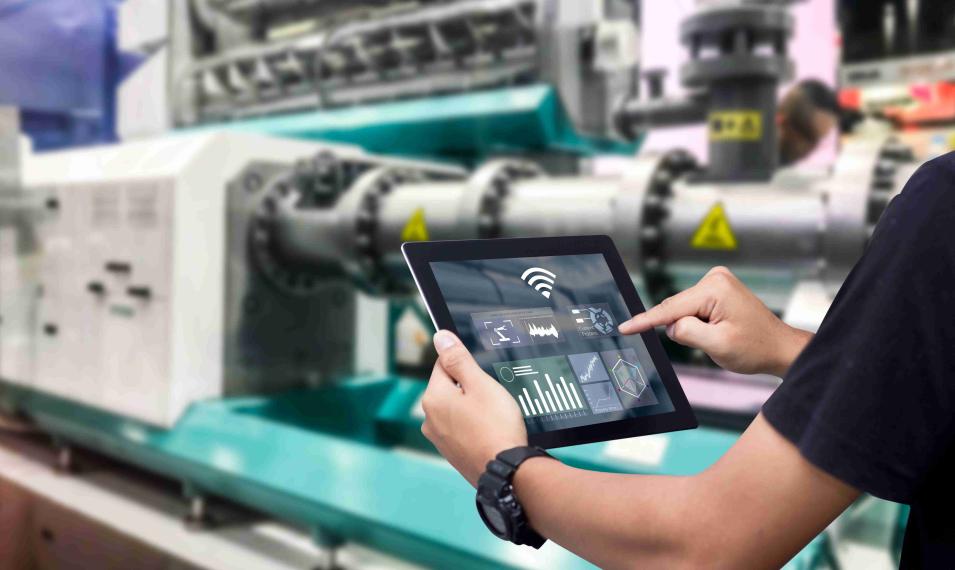
Global , Jan 26, 2022
CIOs spending more time on innovation than ever before
CIOs are spending more time on innovation, with three quarters stating they have increased innovation efforts, according to the 2021 Global CIO Survey from Logicalis
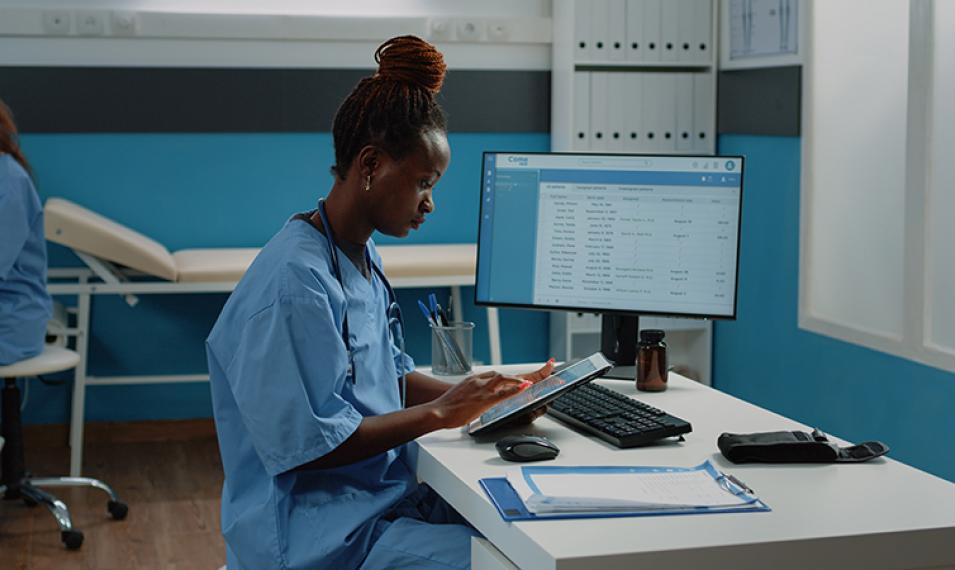
, Feb 12, 2021
Scaling up health workers remote working by implementing Azure
Peninsula Health turned to Logicalis for assistance with migrating to a cloud facilitated environment before the pandemic emerged, however as the global situation worsened the need to make some rapid and drastic decisions became very clear. The fast reactions of the Peninsula Health and Logicalis teams meant that staff were able to work remotely safely with secure access to sensitive information.
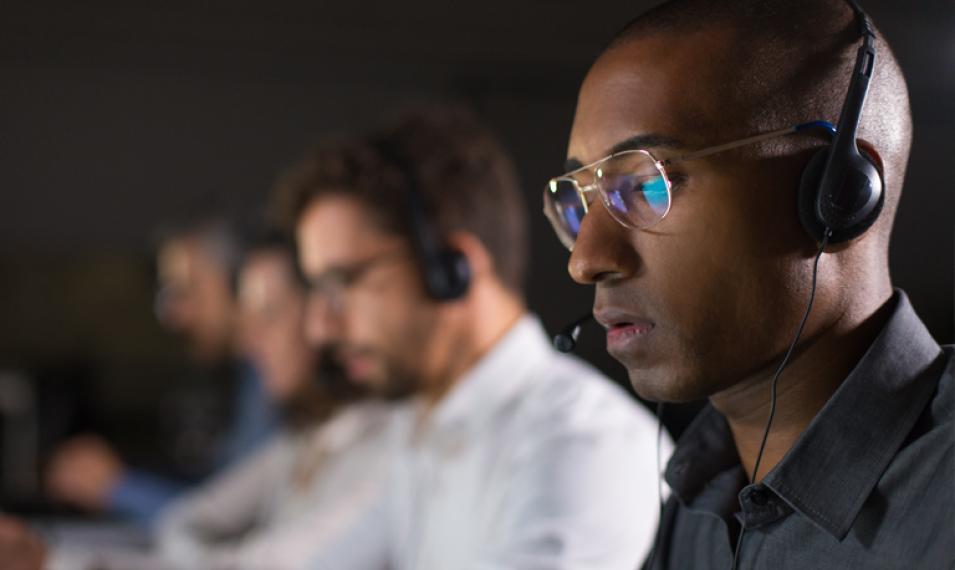
EMEA , Dec 18, 2020
Logicalis Group appoints Michael Chanter as Chief Operating Officer
London, 18th December 2020 – Logicalis, a leading international IT solutions and managed service provider today announces that Michael Chanter is making the transition from his current role as CEO of Thomas Duryea Logicalis in Australia, to Chief Operating Officer of Logicalis Group.

, Mar 18, 2020
Covid-19: Logicalis Business Continuity Plan
Since the first cases of the coronavirus appeared on the world stage, we’ve been monitoring the spread of the disease worldwide and proactively implementing procedures to minimize the effects to our employees, customers, partners and the society at large.

Global , Mar 5, 2020
Logicalis Awarded Microsoft Azure Expert Managed Service Provider Status
Logicalis Group has today announced it has achieved Microsoft Azure Expert Managed Services Provider (MSP) status, one of only 65 firms globally to achieve such accreditation out of more than 60,000 cloud partners.
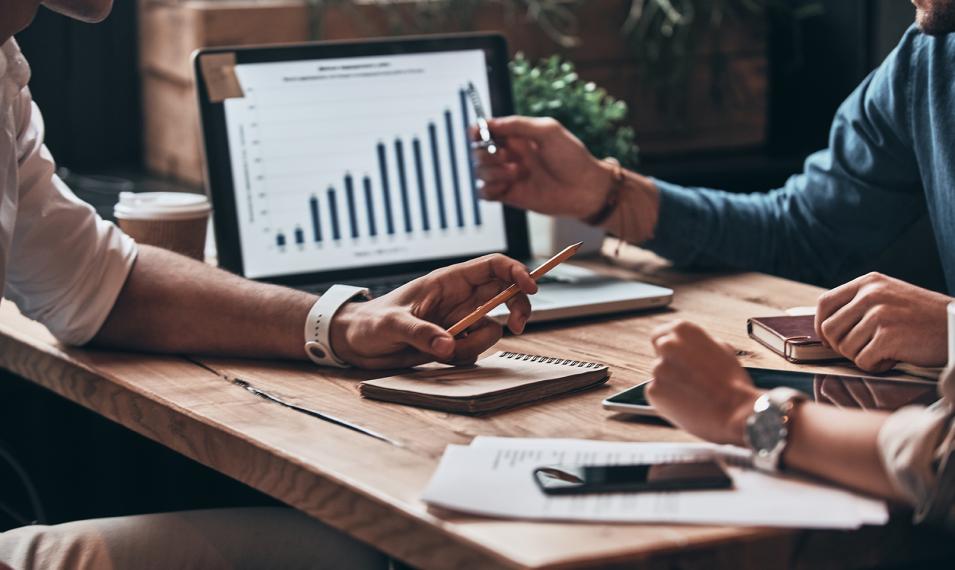
, Feb 19, 2020
Businesses struggle to realise benefits of emerging technologies
Enterprises’ use of emerging technologies is on the rise around the world, but many are failing to capitalise on its benefits according to the 2019 Global CIO Survey from Logicalis, a global provider of IT solutions.
, Mar 1, 2019
MicroStrategy names Logicalis EU Partner of the Year
Logicalis, the international IT solutions and managed services provider, has been named Europe Partner of the Year by MicroStrategy® Incorporated.
, Sep 1, 2016
Logicalis UK & Paxata Enter Into First-in-Market Partnership
Partnership transforms customer’s data processing and automation for improved data analytics and business intelligence.
, May 23, 2016
Logicalis Europe Announces Membership of Global Strategic Foresight Initiative
Logicalis Europe Becomes First Corporate User of Unlocking Foresight Know How (UFKH) – Chris Gabriel, Chief Digital Officer Europe Joins UFKH Advisory Board.
, Nov 16, 2015
Bob Bailkoski appointed as Logicalis Chief Financial Officer
London, 16th November 2015 – Logicalis, the international IT solutions and managed services provider, today announced Bob Bailkoski as its new Chief Financial Officer from 16 November 2015. About Logicalis Logicalis is an international IT solutions and managed services provider with a breadth of knowledge and expertise in communications and collaboration; data centre and cloud services; and managed services. For more information, visit www.logicalis.com
, Jul 14, 2015
Logicalis US Healthcare
Solutions Forges Strategic Partnership
with
Ascendian Healthcare Consulting to Drive Change in Healthcare Imaging
Solution Provider Reveals Seven Reasons Healthcare CIOs Avoid Thinking about Medical Imaging.
, Jun 9, 2015
Logicalis Europe Awarded NetApp International Star Partner Status
Logicalis has met the most stringent requirements on sales, pre-sales and post sales competencies around the entire NetApp product portfolio.
, May 6, 2015
Logicalis UK Acquires Leading Provider Of Analytics Solutions
The transaction is in line with Logicalis’ go to market strategy, and desire to establish itself as a driving force in the emerging digital markets driven by social, mobile, analytics and cloud technologies (SMAC).
, Apr 11, 2014
Logicalis positioned as trusted SDN technology and business advisor in IDC MarketScape report
Managed services specialist is a ‘contender’ in IDC MarketScape Report focused on network virtualization and SDN.
, Feb 11, 2014
Logicalis US Wins 2014 IBM Beacon Award in Outstanding Competitive Solution Category
IBM Beacon Awards Recognize IBM Business Partners for Driving Business Value with Smart, Innovative Solutions
